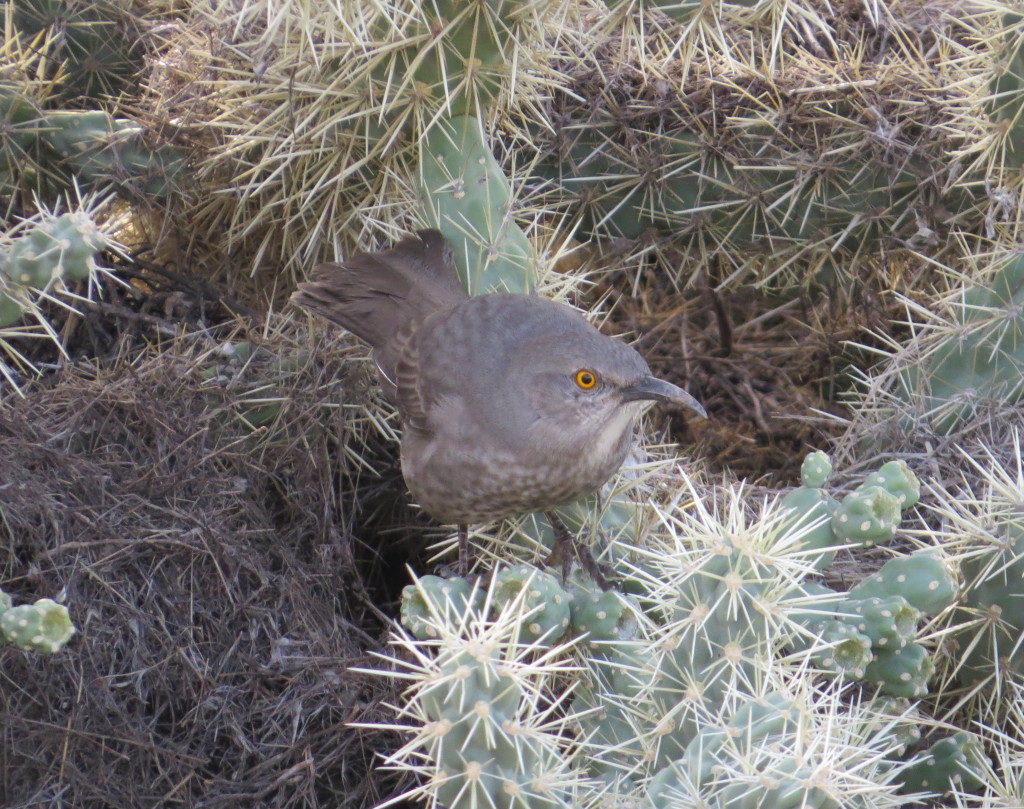I have a confession: I used to really hate Gulls. Even in my early years of birding, I saw them as trash compactors and poop factories. They’re everywhere, especially in nasty places like landfills, dumpsters, Wal-Mart parking lots… To think of them as birds seemed degrading to the likes of Warblers and Owls. Then once I got to a point in birding where I was willing to accept them as birds, I was faced with the ID headaches of doppelganger species, multiple molt cycles, and hybrids, so I dealt with that like any normal person facing a difficult task–avoidance. From reading around the bird blogosphere, I’ve come to learn that this reluctance to get into Gulling is normal. Something happens to us all, though. It’s inevitable. Something finally gives. For some, the turning point may come with seeing a really cool Gull like an adult Sabine’s. For others, it could come when one has gained more confidence in identification. For me, it was the fact that I had ignored a large pocket of untapped life Gulls in my own state. It turns out that Minnesota gets a phenomenal collection of winter Gulls on Lake Superior in the Duluth area. By putting this off for so long all the while going deeper down the rabbit-hole of birding, I had reached a point where I wasn’t reluctant any longer. In fact, I was stoked to go after those Gulls from northern Canada. Minnesota birding phenom, John Richardson, fanned those flames by finding species after species of these rarer northern Gulls and posting jaw-dropping photos on FB.
So on our way north for Thanksgiving, the fam and I stopped by Canal Park to meet up with John and hopefully some of the cool Gulls. I was on a bit of a bad-luck streak, though, after freshly missing the Kiskadee–so there were no Iceland, Glaucous, or Great Black-backed Gulls for me on this day. I did finally get to see some adult Thayer’s Gulls, a bird that was previously just technically only on my life list because of a long-distance sighting of a juvenile. This was better. Much, much better.
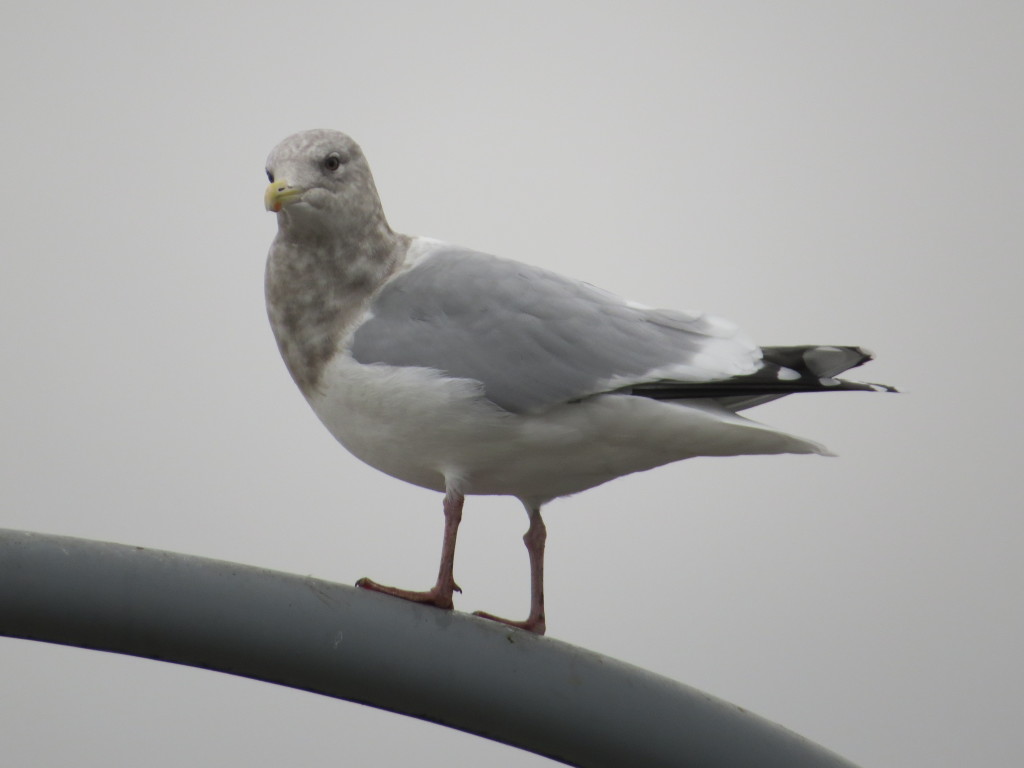
There were also Herring Gulls. There are always Herring Gulls.
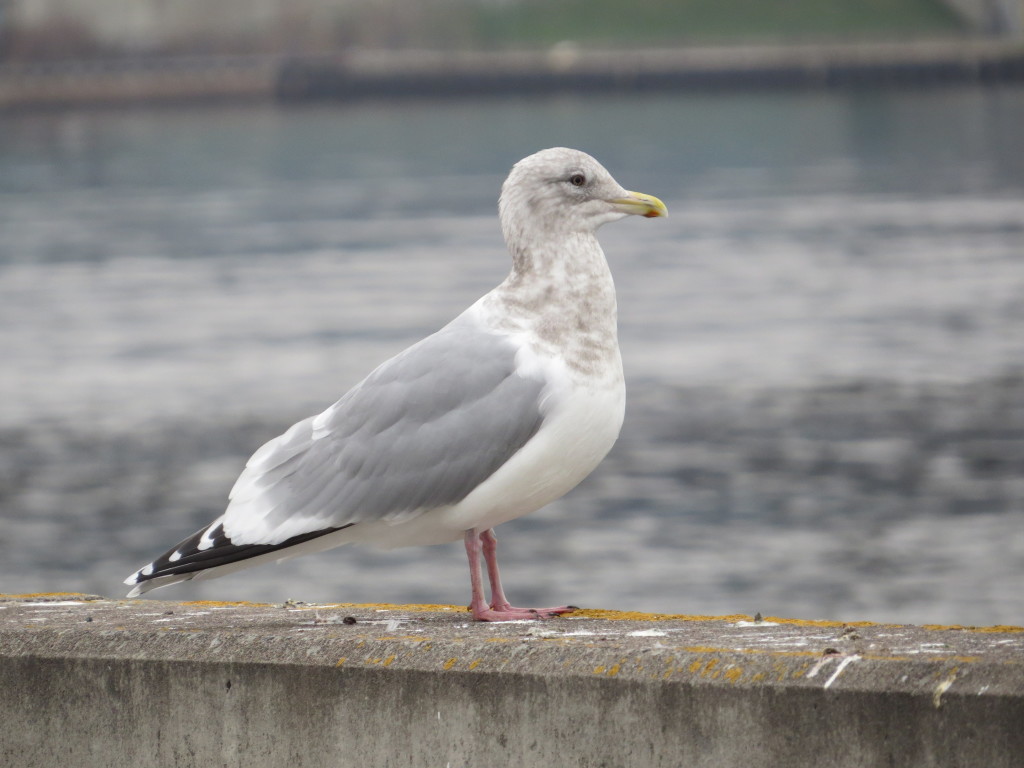
With the dark eye and hood, the Thayer’s really do stand out from the ubiquitous Herring and Ring-billed Gulls.
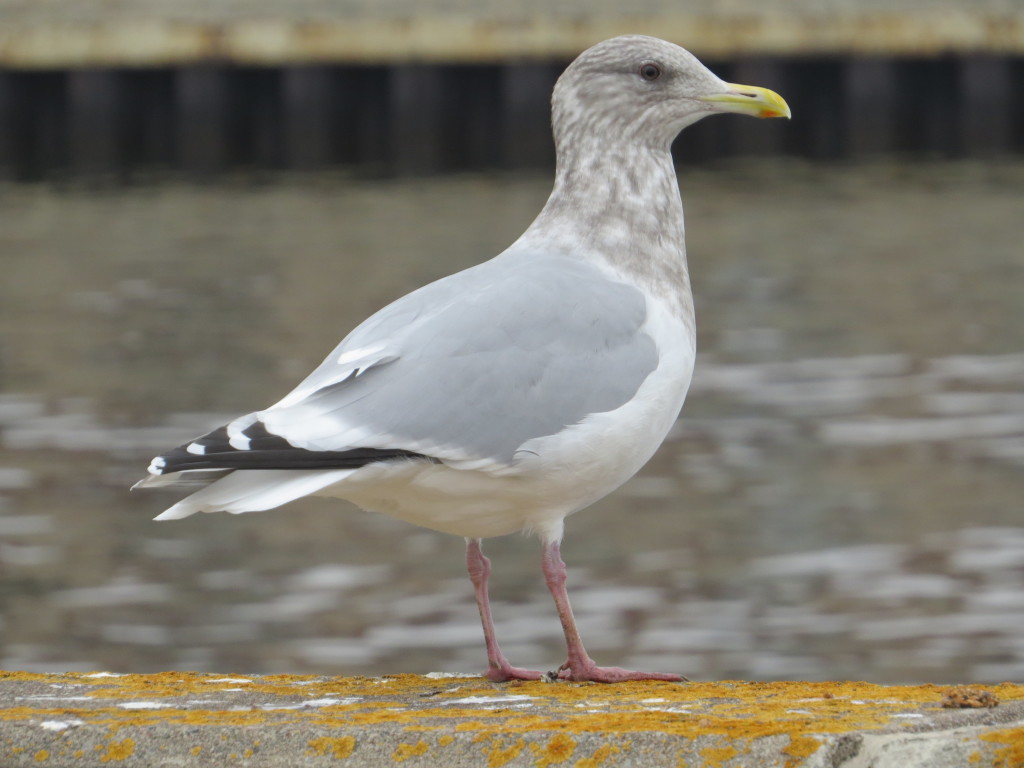
For the non-birder and the emerging Guller, here you can see a contrast between the Thayer’s on the left and the Herring on the right. Note the difference in size, shape, and eye color (dark iris for the THGU, yellow for the HEGU).
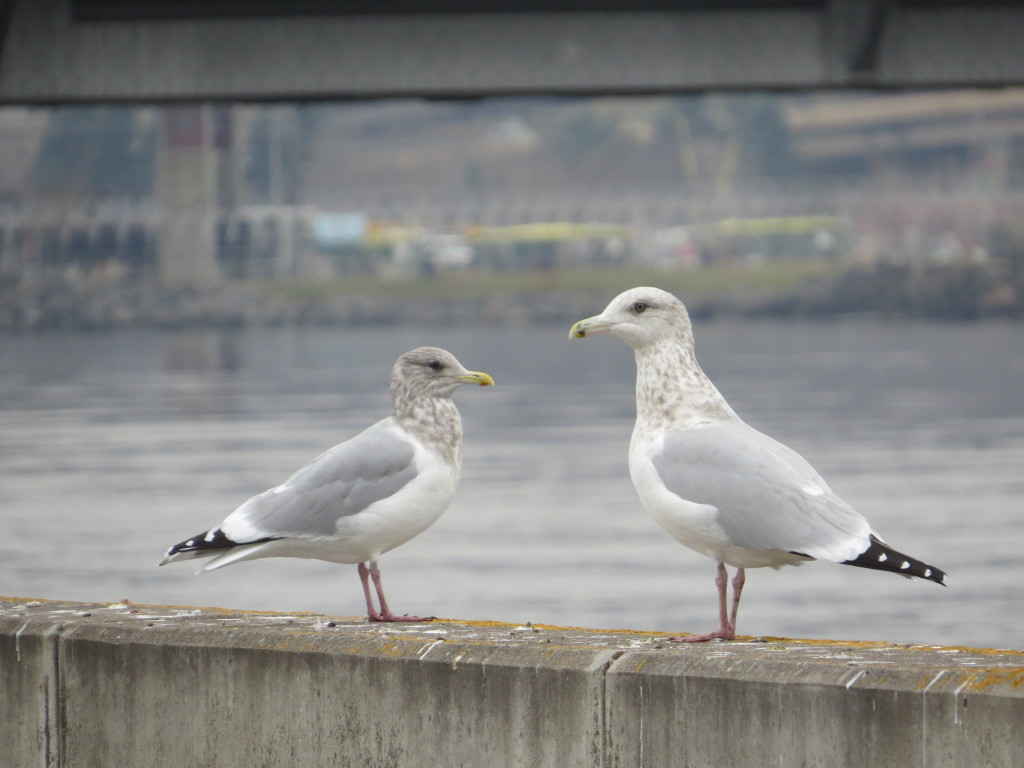 Gull identification is hard, especially if one is only looking at pictures or studying field guides. Learning them from books is even kind of boring which I proved by falling asleep one night studying Gulls in Sibley. To study Gulls and get to know them, one must learn Gulls through immersion–get yourself up close and in person among the Gulls and go with someone who knows more about the Gulls than you do. Though I didn’t add any lifers on this try, my confidence and excitement for Gulling increased under the tutelage of John.
Gull identification is hard, especially if one is only looking at pictures or studying field guides. Learning them from books is even kind of boring which I proved by falling asleep one night studying Gulls in Sibley. To study Gulls and get to know them, one must learn Gulls through immersion–get yourself up close and in person among the Gulls and go with someone who knows more about the Gulls than you do. Though I didn’t add any lifers on this try, my confidence and excitement for Gulling increased under the tutelage of John.
After this brief visit to Canal Park, we went further north to enjoy the holiday with family. I desperately wanted to sneak back down to Duluth during our visit home to make another go of it. Melissa suggested instead that we just stop there again on our way back south. Good deal, wouldn’t you say?
In a form of birding symbolism, the sun was now shining brightly on our second try. Little did I know just how bright things would get. I did notice a lot more Gulls right away, though.

Duluth Shipping Canal
As I scanned the Gulls lining the pier on the right from the pier on the left, I immediately spotted the gorgeous adult Great Black-backed Gull John had found earlier that week! Lifer! I could not wait to get across the lift bridge and over to the other side to check it out. Once over there, Evan and I were joined again by John Richardson and Tony Lau as well as the #1 eBirder in the state, Peder Svingen. With about 600 Gulls to look through with some of the best in the business, this was going to be awesome.
As the four of us slowly made our way down the pier, John quickly picked out the 2nd-cycle Iceland Gull he’d found earlier! Lifer #2!
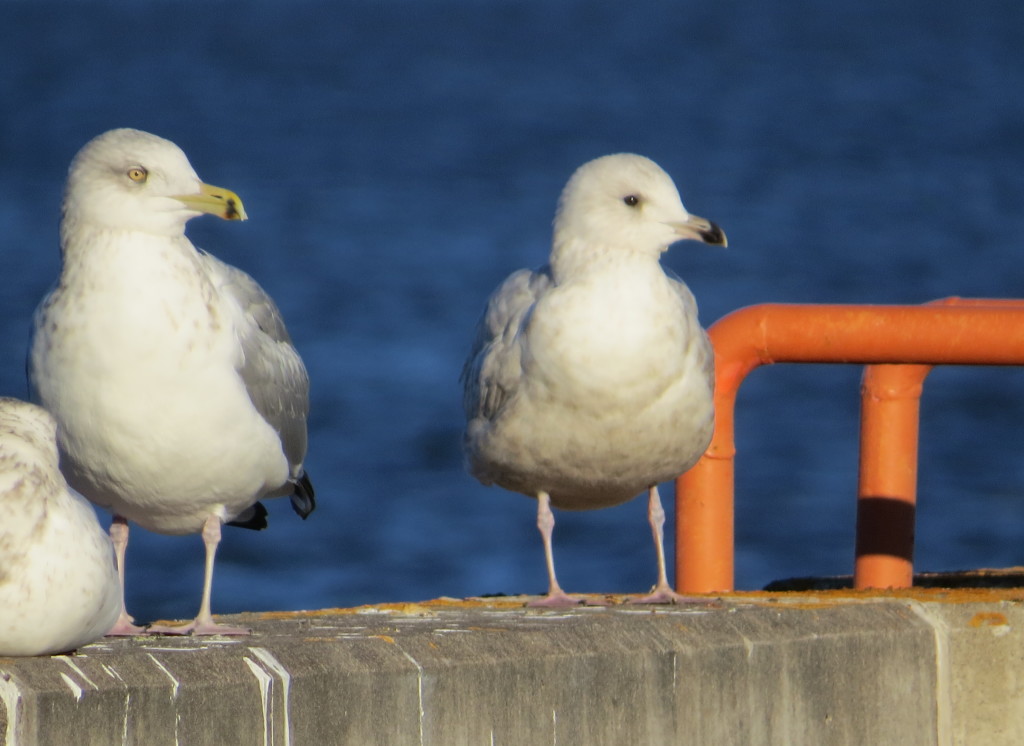
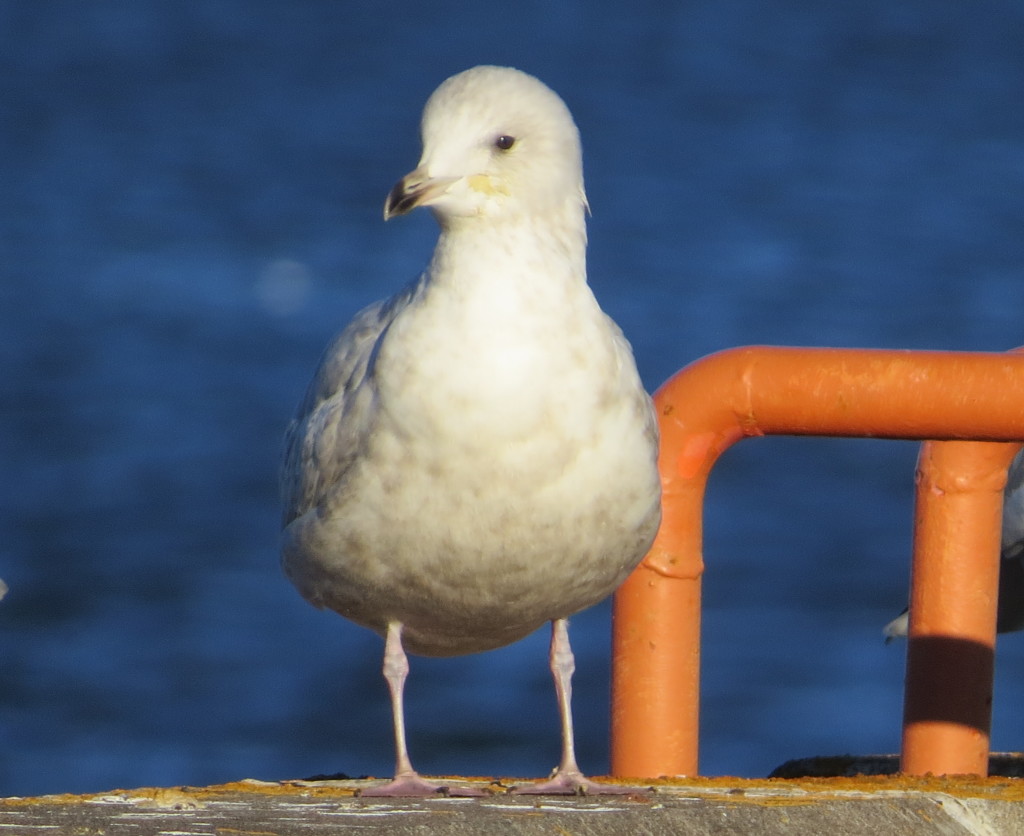 The Iceland was cool, but I was really itching to make my way to that Great Black-backed for some photos. But, you don’t rush down the pier and get out in front of a birding Jedi like Peder Svingen. Patience, young Skywalker. Many Gulls to go through have you.
The Iceland was cool, but I was really itching to make my way to that Great Black-backed for some photos. But, you don’t rush down the pier and get out in front of a birding Jedi like Peder Svingen. Patience, young Skywalker. Many Gulls to go through have you.
 While I waited, a Thayer’s was begging to be crushed.
While I waited, a Thayer’s was begging to be crushed.
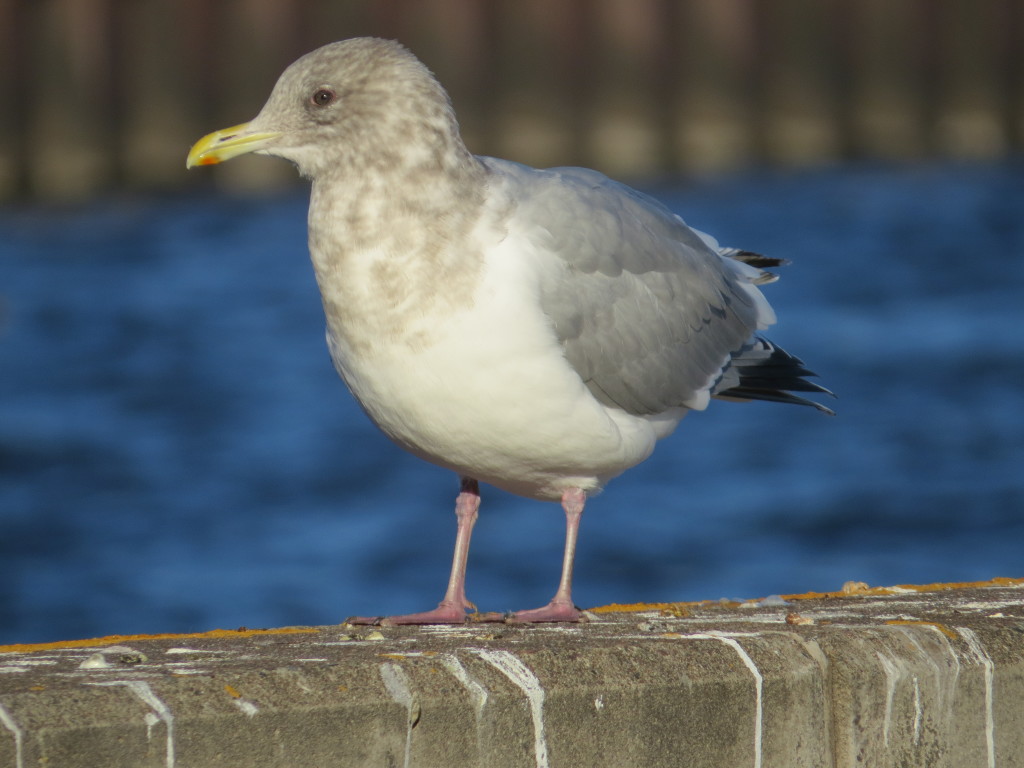
Another exciting find was when John spotted a 1st-cycle Great Black-backed Gull–two Great Black-backeds!
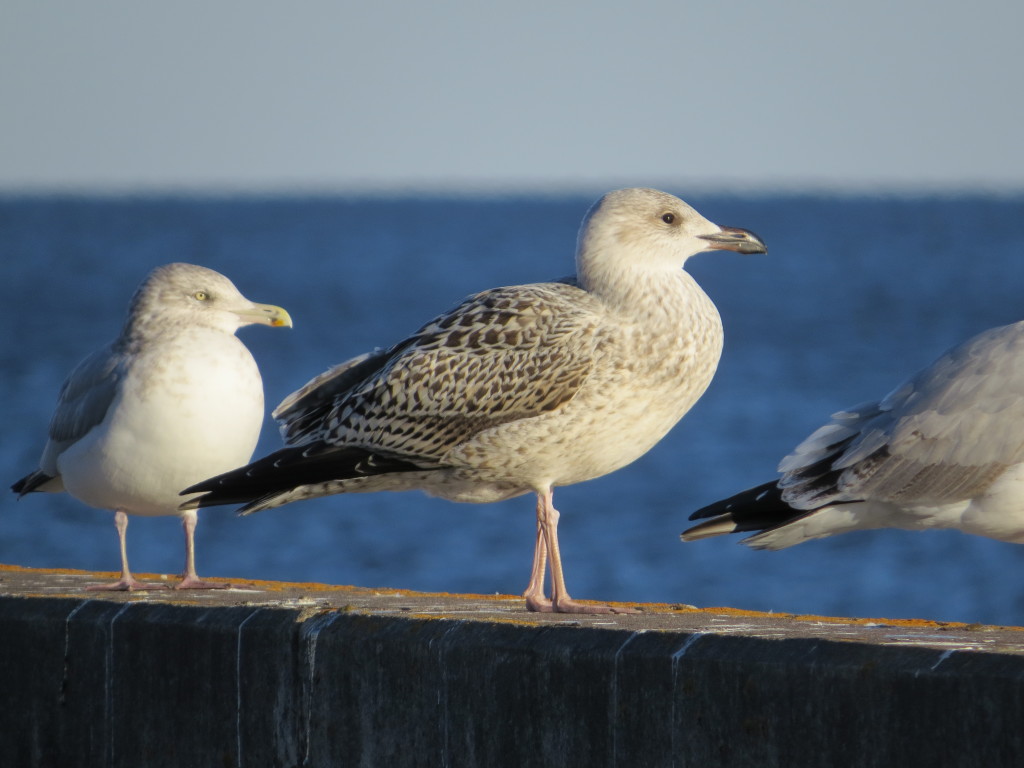 I love how this HEGU is checking him out.
I love how this HEGU is checking him out.
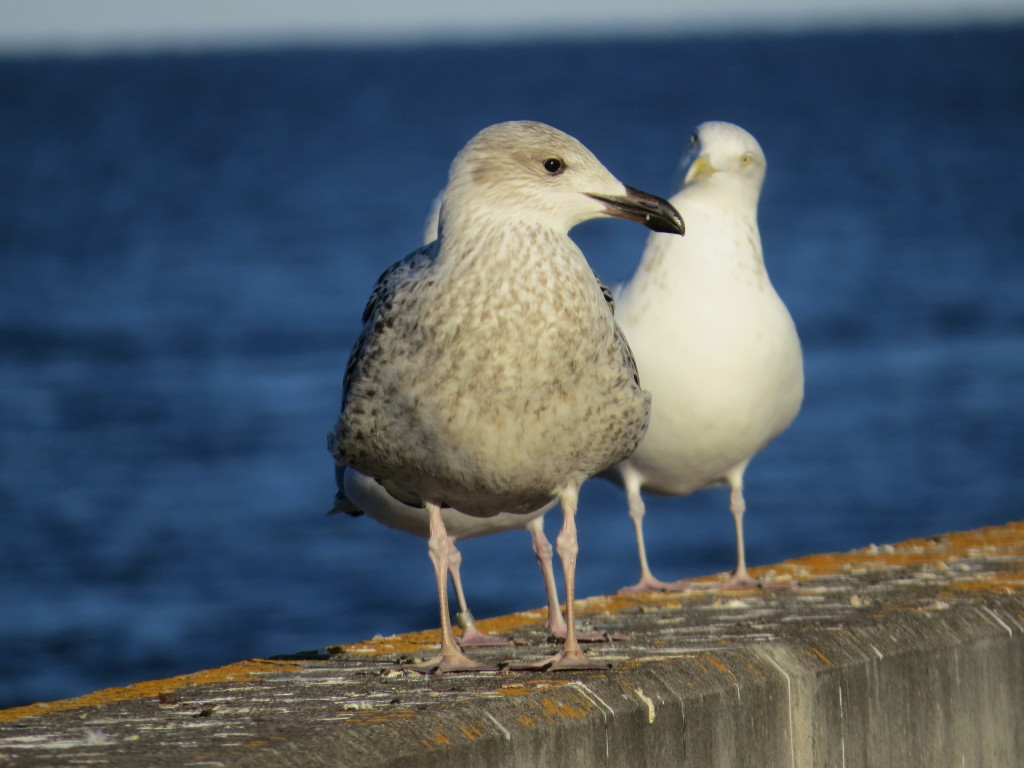
Seriously, though, look at this bruiser.
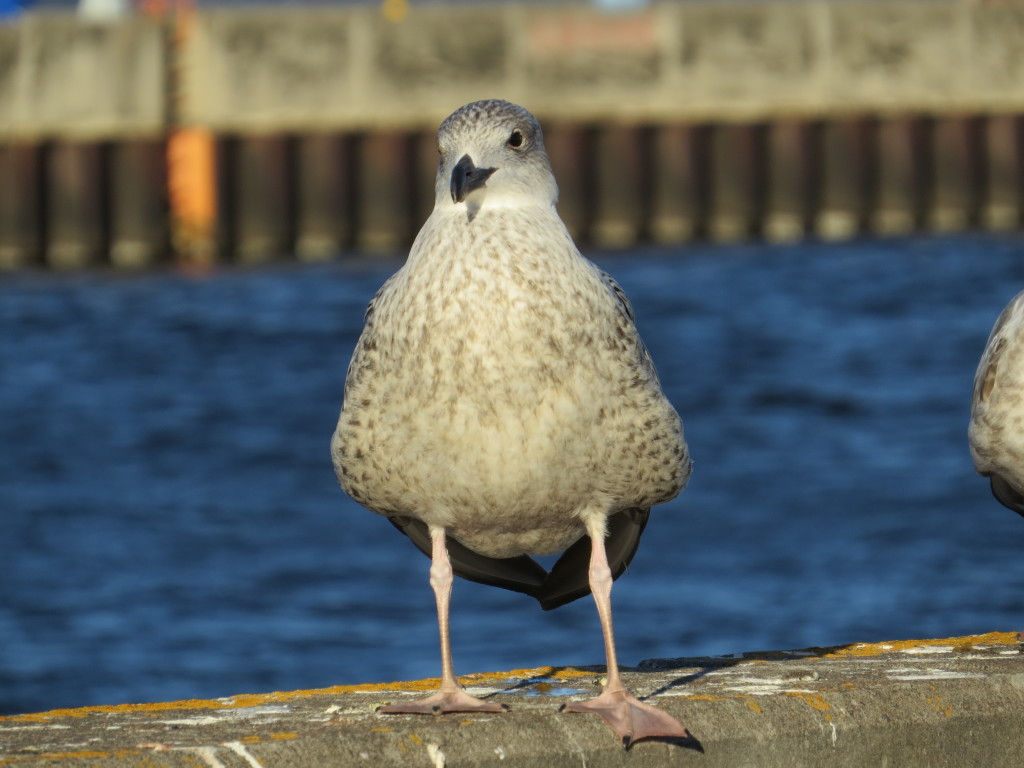 The Great Black-backed Gull is the largest of the Gulls; it dwarfs the Herring Gulls.
The Great Black-backed Gull is the largest of the Gulls; it dwarfs the Herring Gulls.
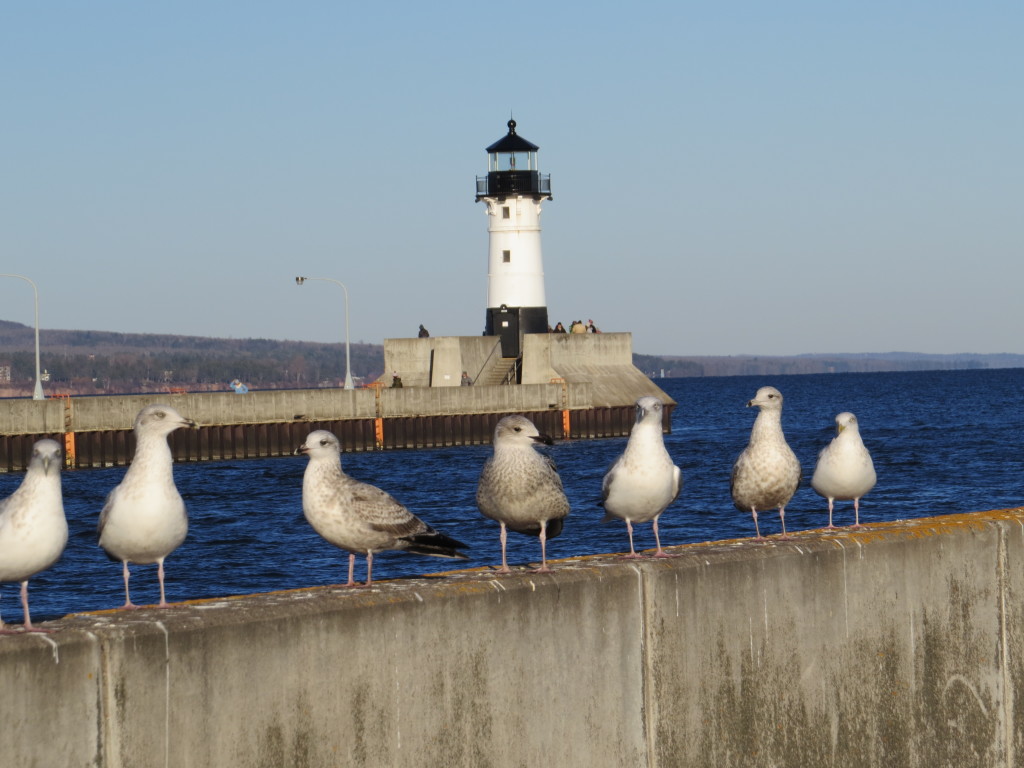
As we were getting within photographing distance of the adult Great Black-backed Gull, magic happened. The other guys spotted our third lifer of the hour, the stunning and large Glaucous Gull!
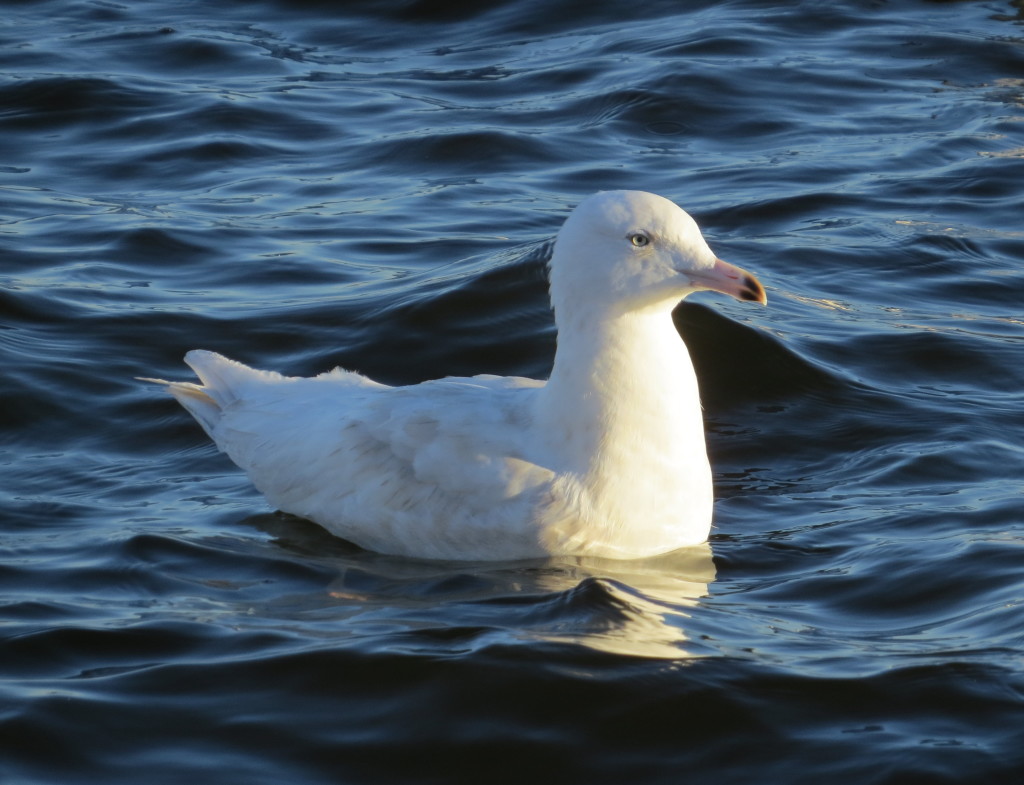
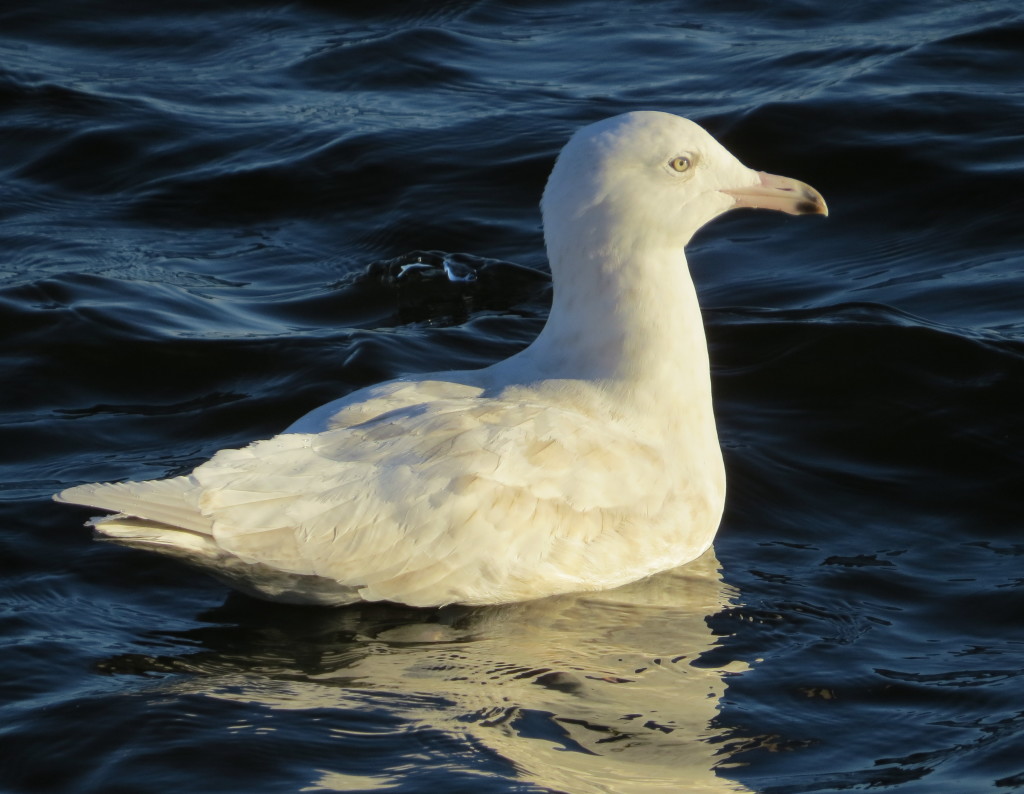 With the Glacous, I now had all three hoped-for lifers and got all my northern Gulls in one tidy outing. The only thing left to do was to photograph my favorite of the three lifers, the adult Great Black-backed Gull, a stand-out bird.
With the Glacous, I now had all three hoped-for lifers and got all my northern Gulls in one tidy outing. The only thing left to do was to photograph my favorite of the three lifers, the adult Great Black-backed Gull, a stand-out bird.
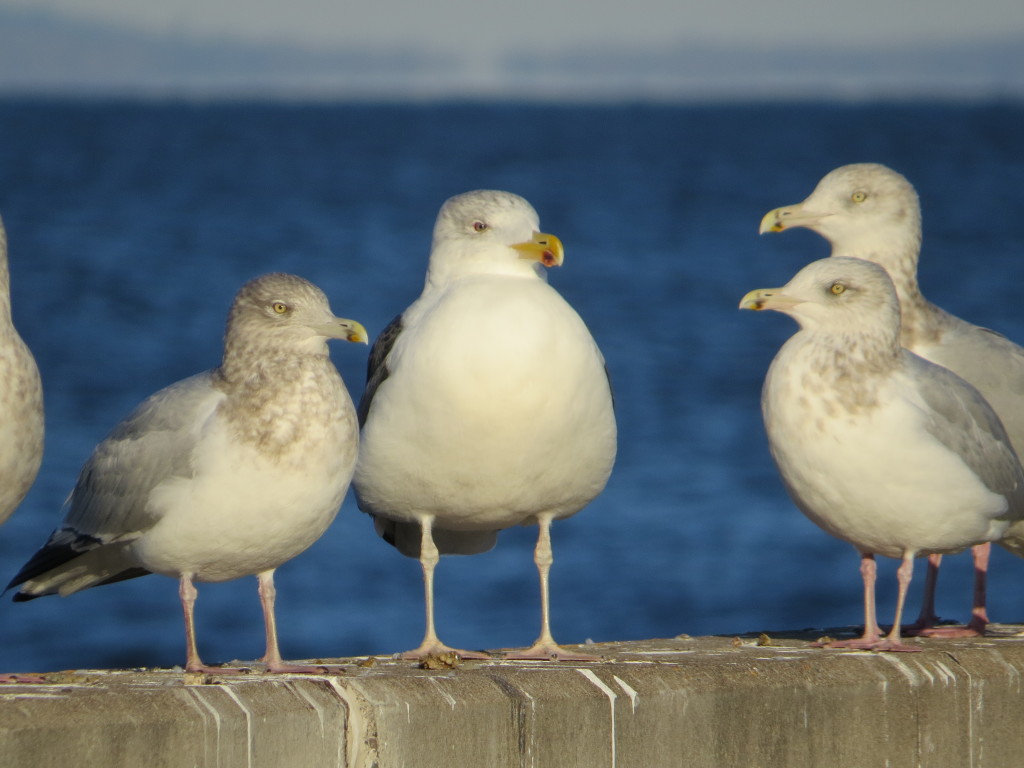
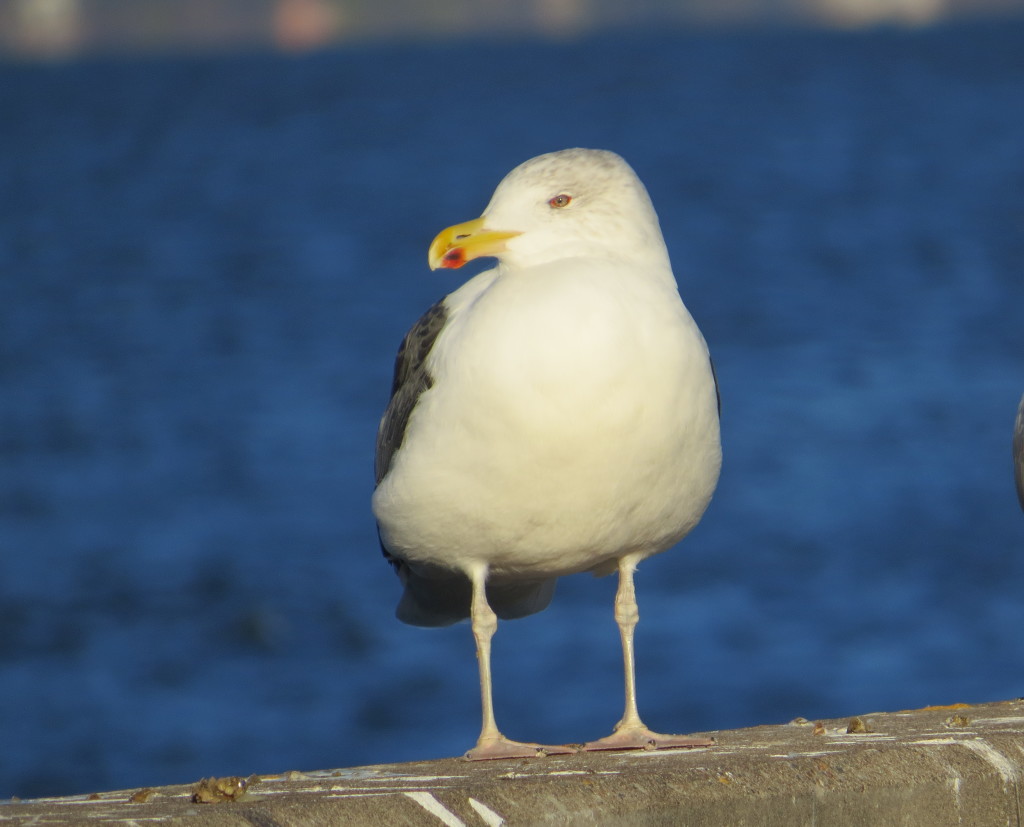
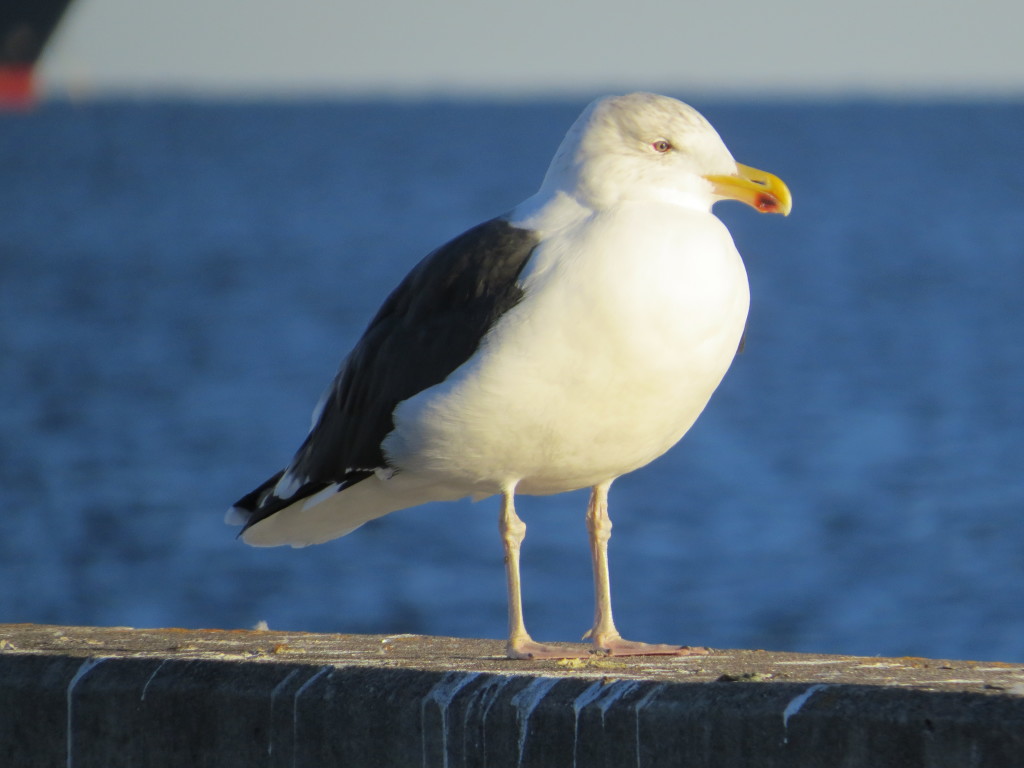
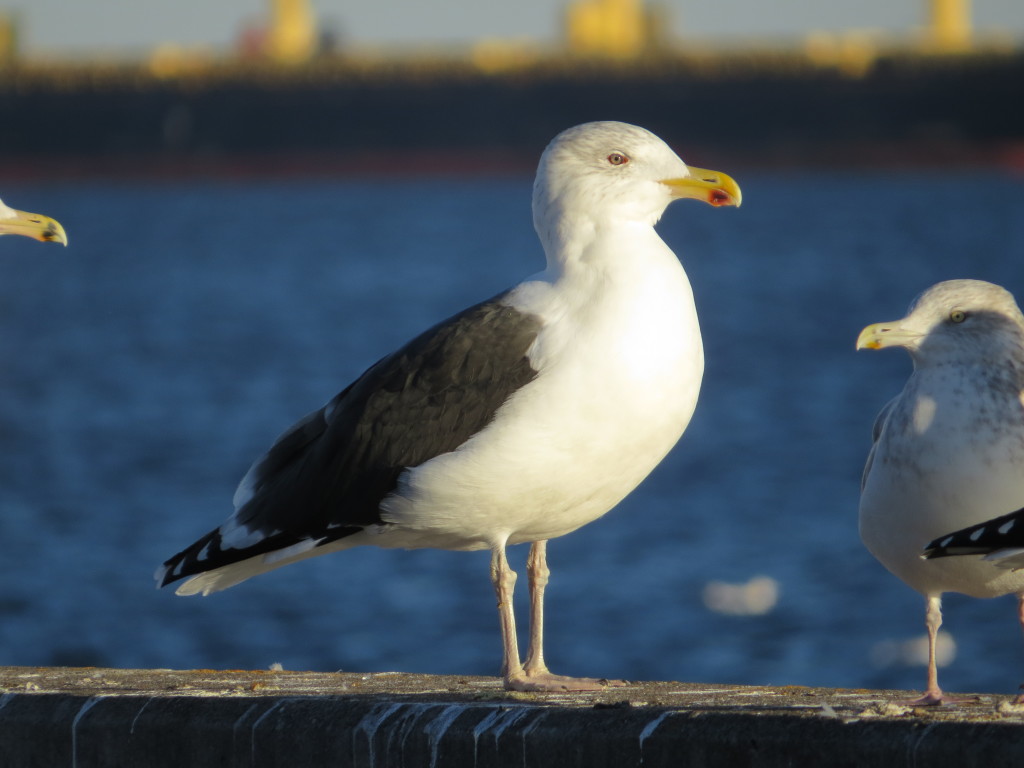
The icing on the cake was that all this Gullifering took place in under an hour, and Evan and I got back to the car where the girls were patiently waiting for us. It was a dream outing. I’m glad I’d saved these Gulls for this late in my birding. The timing was perfect because I thoroughly enjoyed this experience and couldn’t have had it any better. Sorting through the hoards of Gulls for the hidden treasures with some talented birders made it all the more fun.
A huge thanks goes out to John Richardson for his daily patrols of Lake Superior, his great Facebook reports, and for his help in pointing out a couple of these lifers. Call me Gull-able, but I now think these birds are pretty cool.


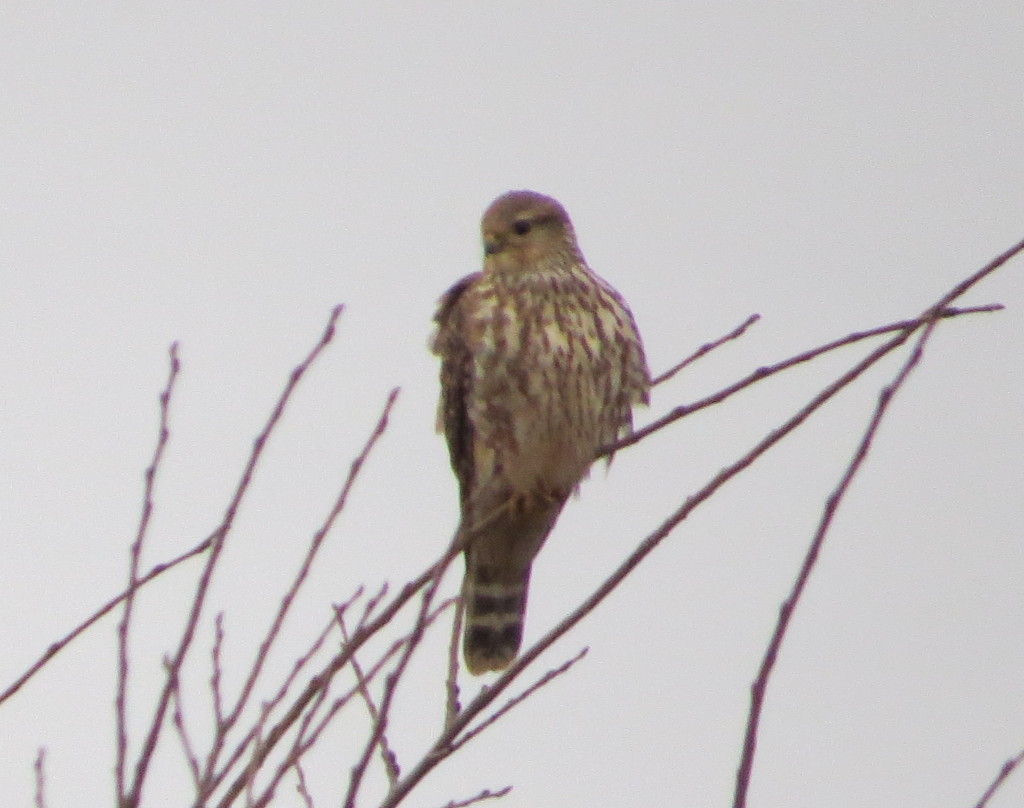
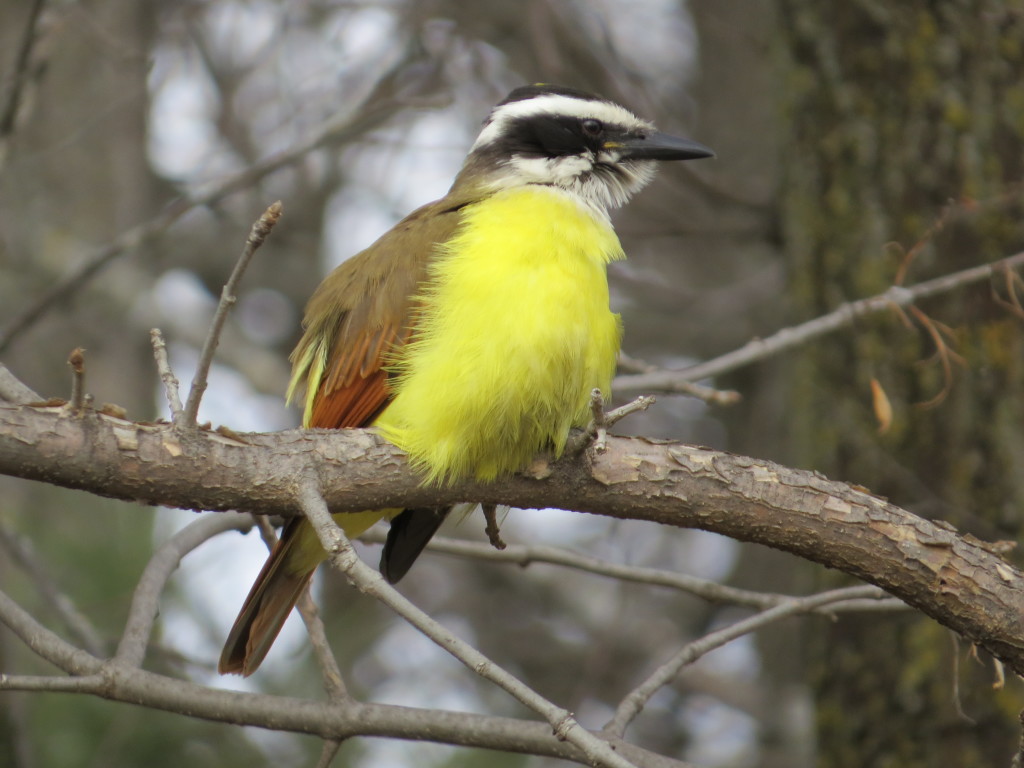
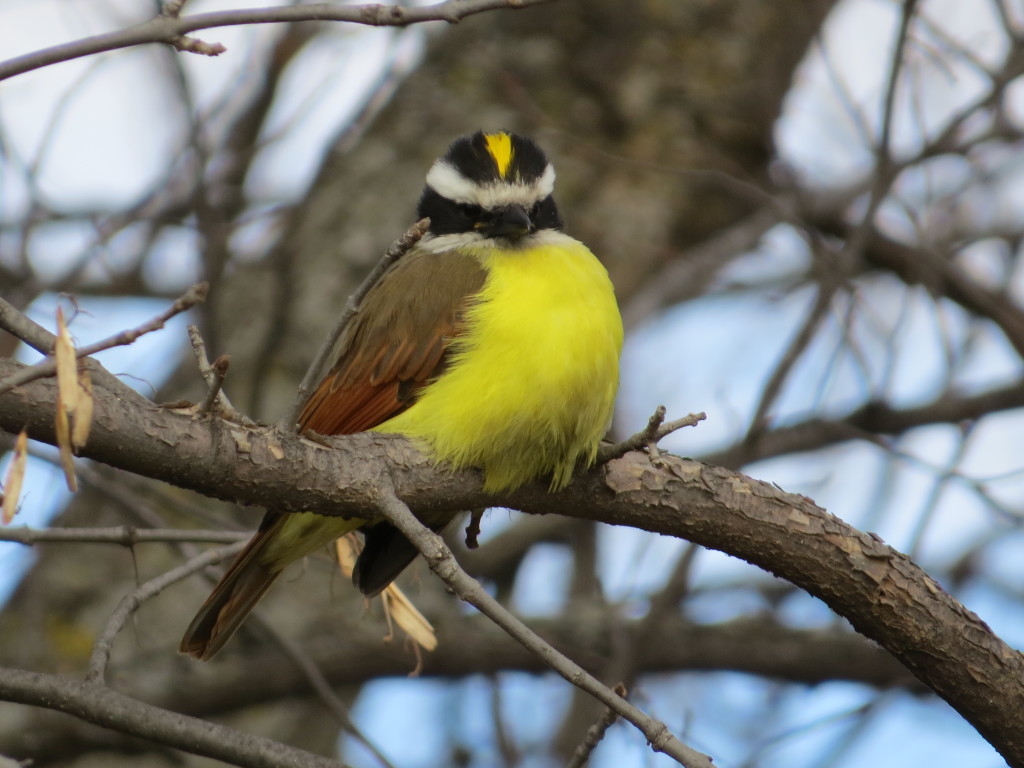 It turns out that Great Kiskadees are quite crushable, especially when they are chilly and don’t move for over 20 minutes. Either that or the diet of heavy suet and cat food has made this individual lethargic.
It turns out that Great Kiskadees are quite crushable, especially when they are chilly and don’t move for over 20 minutes. Either that or the diet of heavy suet and cat food has made this individual lethargic.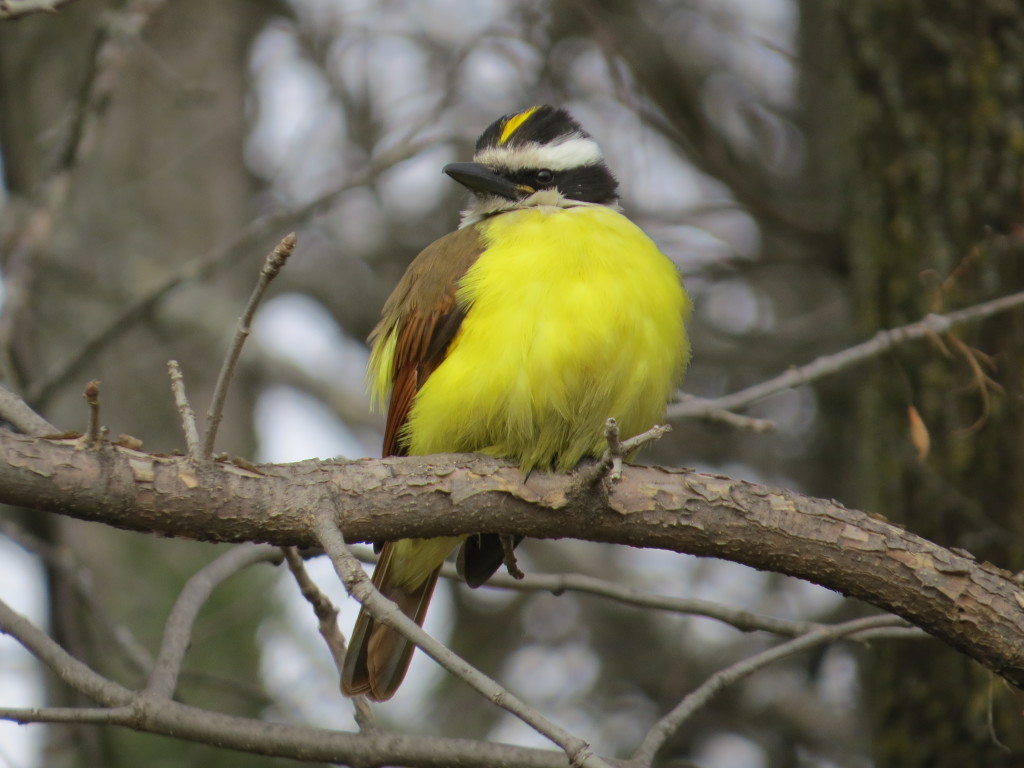
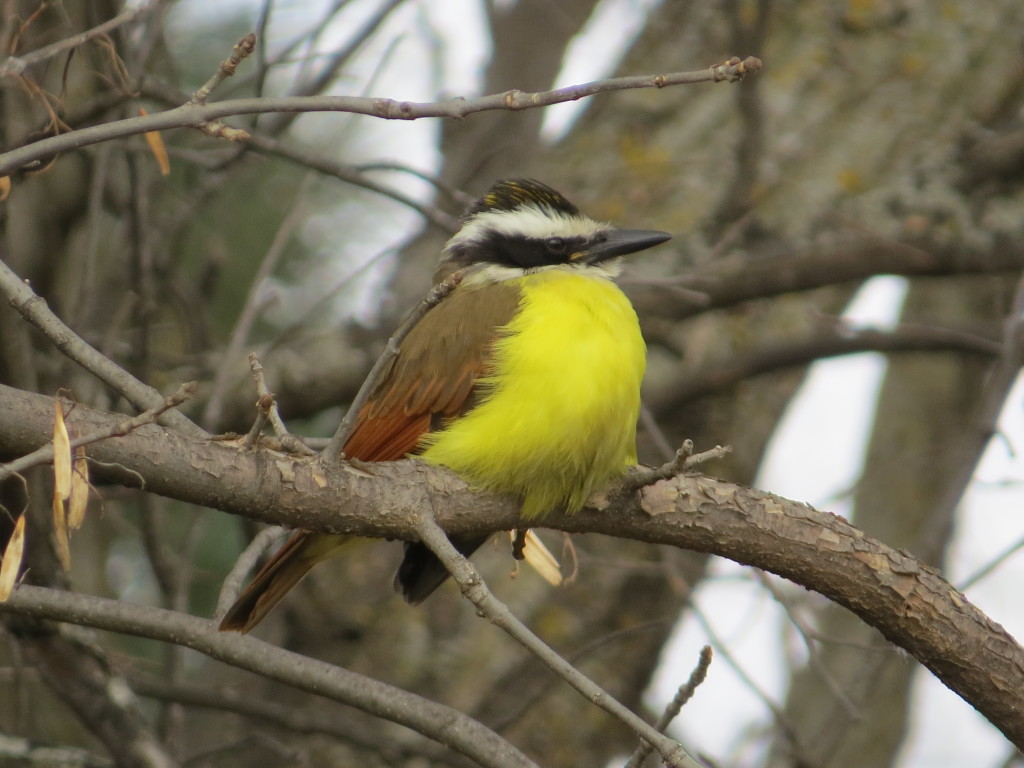 What a month it’s been with Arizona birds and Texas birds popping up in the north. I know I owe you some more AZ coverage in the next post, but first we’re going to have to take a look at my last ever triple lifer day in Minnesota. Buckle up, Larus fans.
What a month it’s been with Arizona birds and Texas birds popping up in the north. I know I owe you some more AZ coverage in the next post, but first we’re going to have to take a look at my last ever triple lifer day in Minnesota. Buckle up, Larus fans.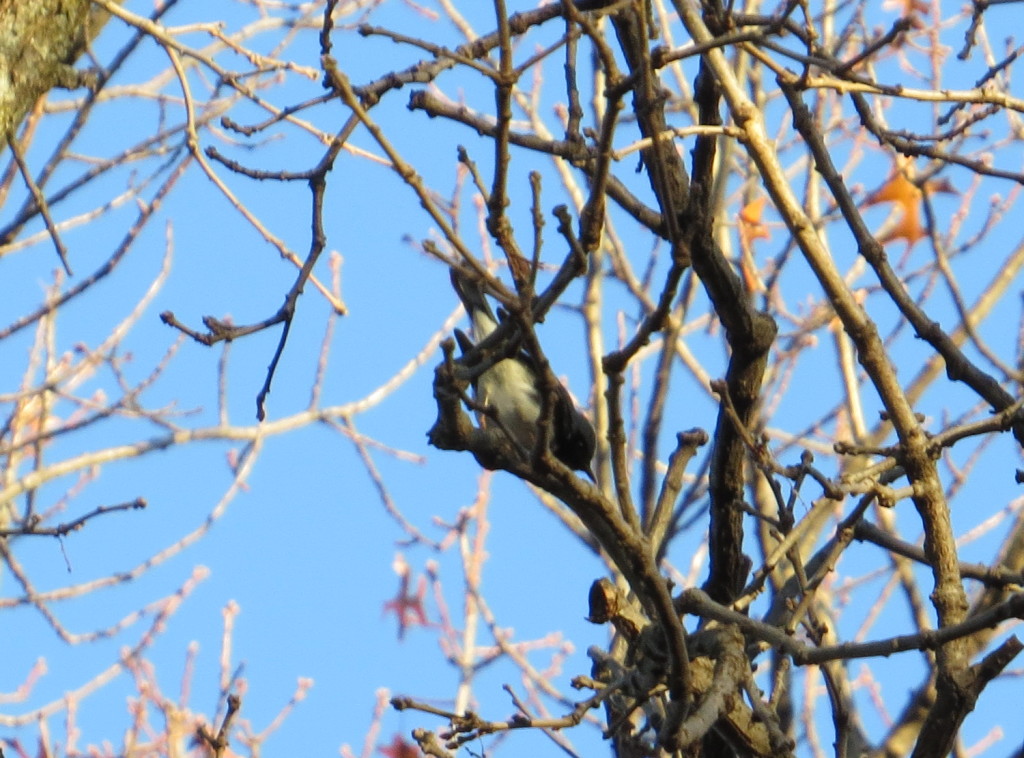
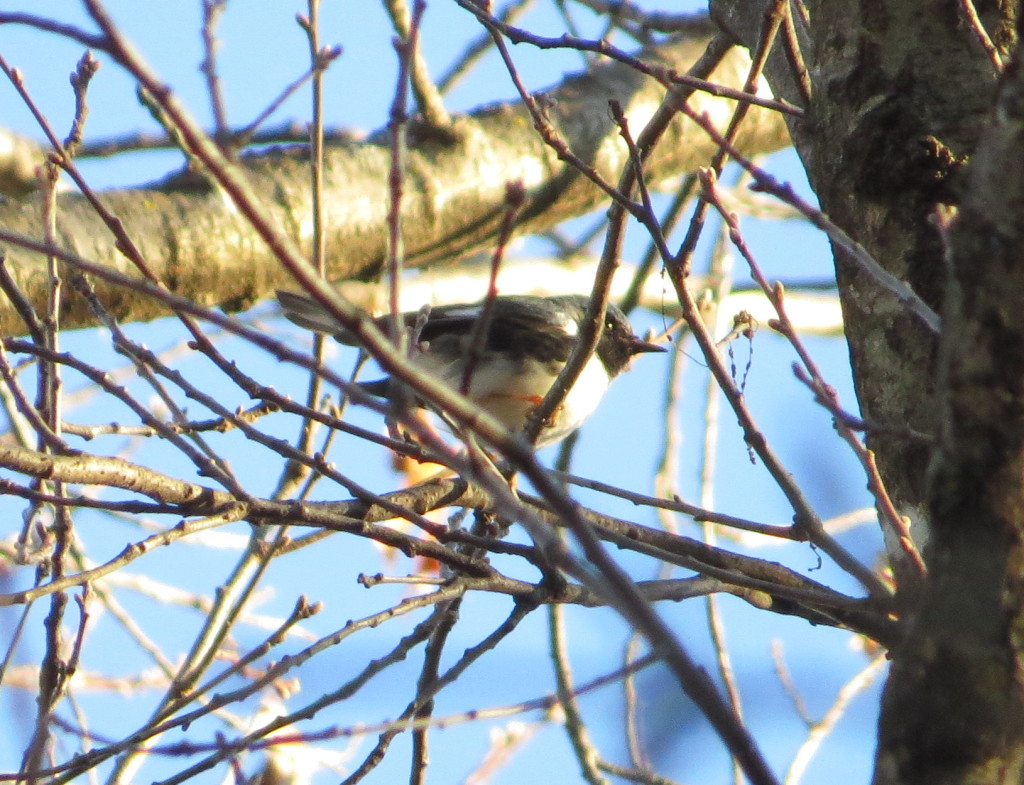
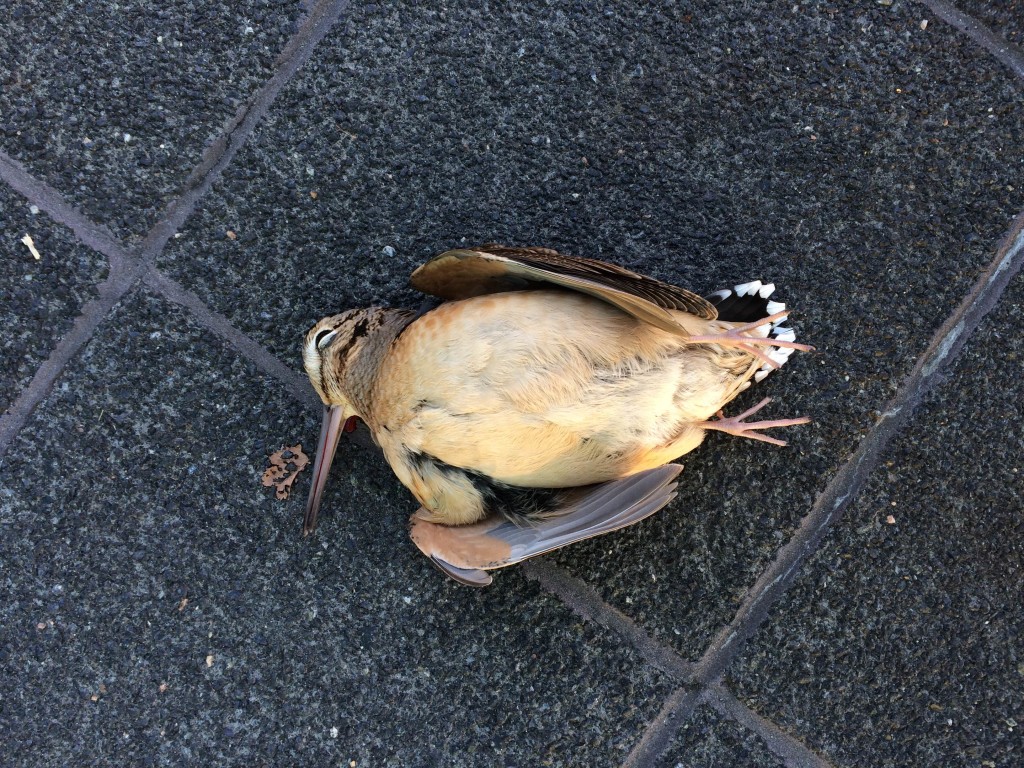
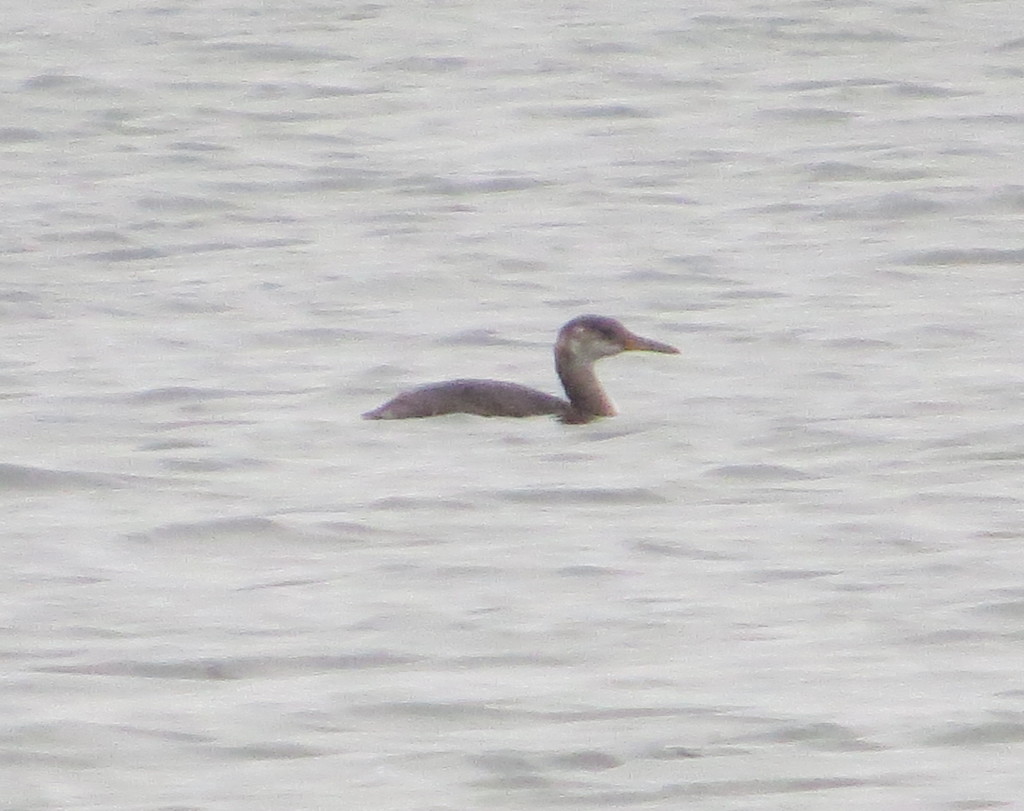 We shall see if AZ makes the next post, but it’s looking doubtful as the vagrant party just won’t stop. ABWCH will hopefully have a tidy little write-up from South Dakota after the weekend. Keep your fingers crossed everybody.
We shall see if AZ makes the next post, but it’s looking doubtful as the vagrant party just won’t stop. ABWCH will hopefully have a tidy little write-up from South Dakota after the weekend. Keep your fingers crossed everybody.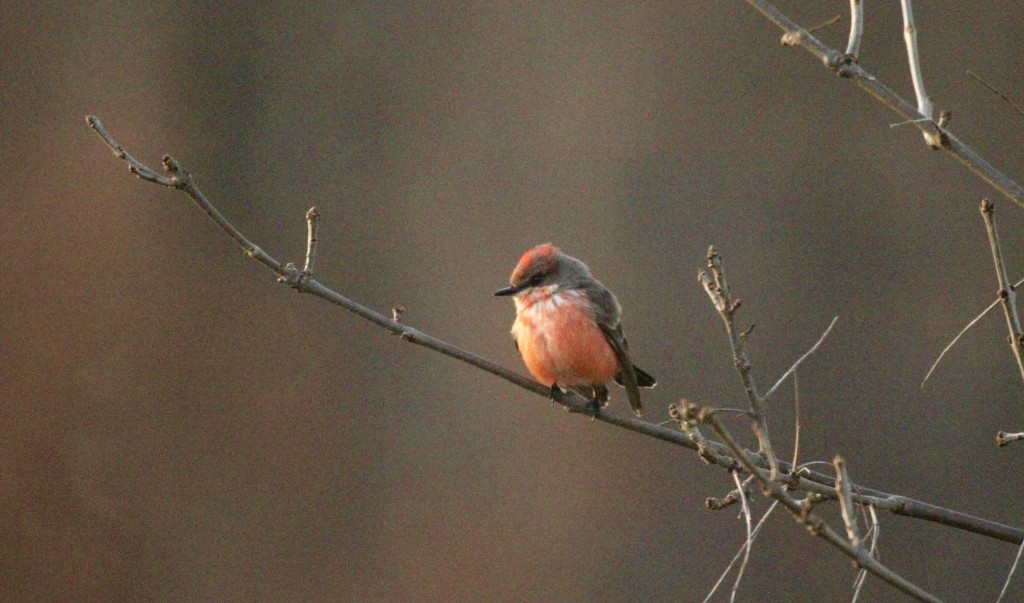
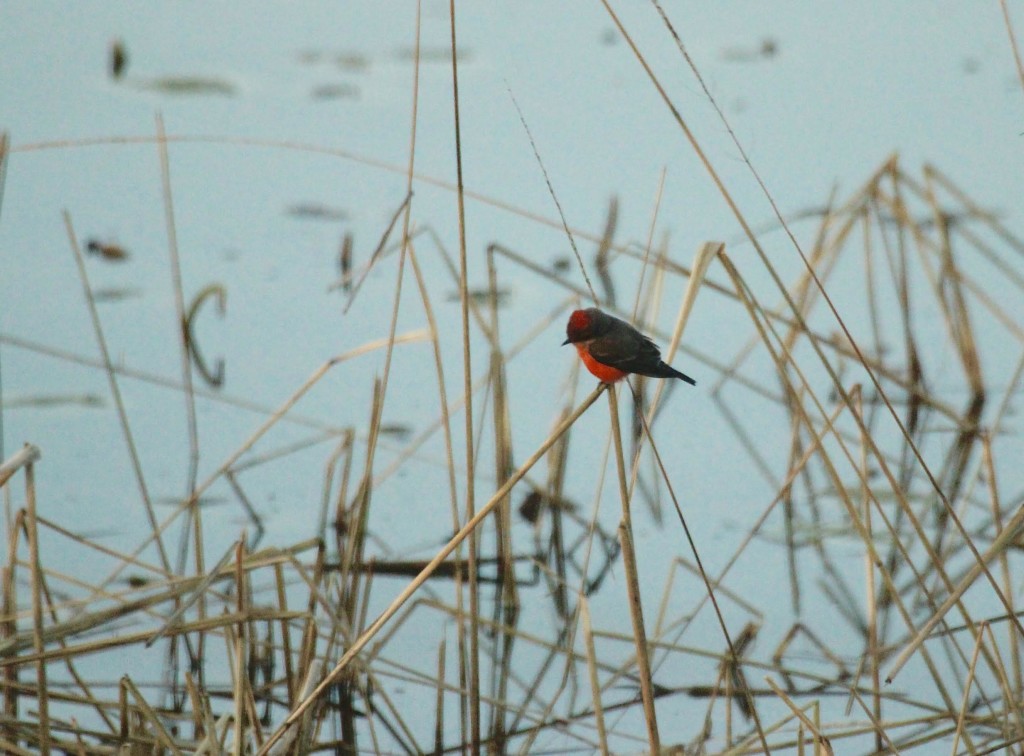
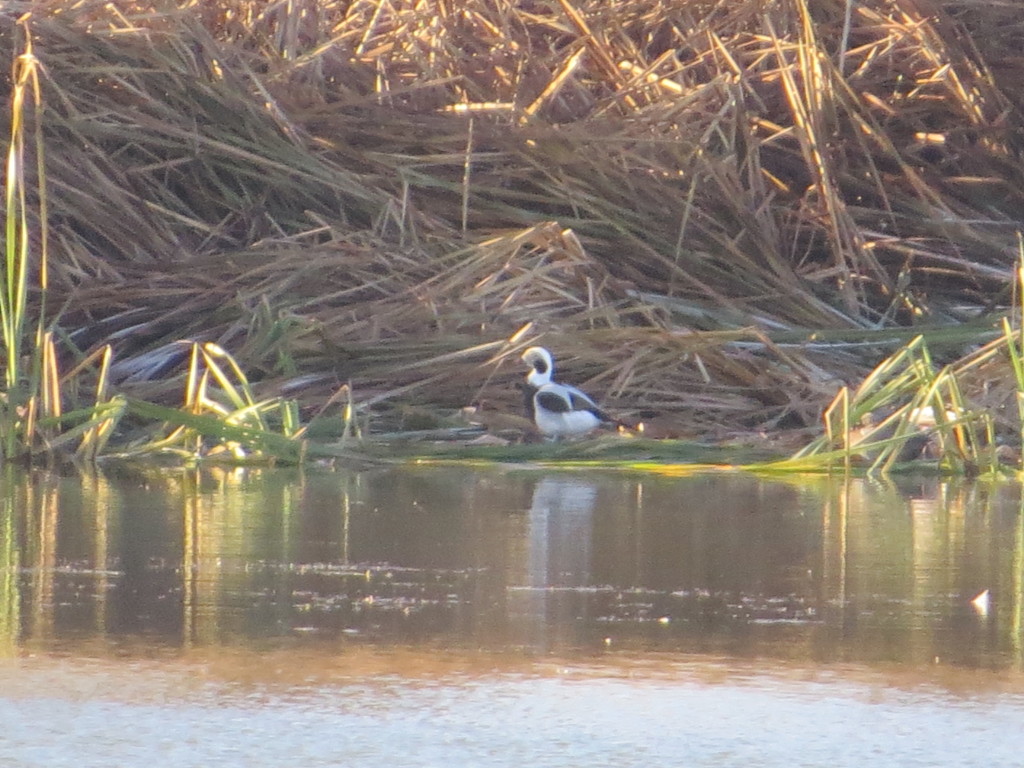 Such a striking bird. Check out this chest!
Such a striking bird. Check out this chest!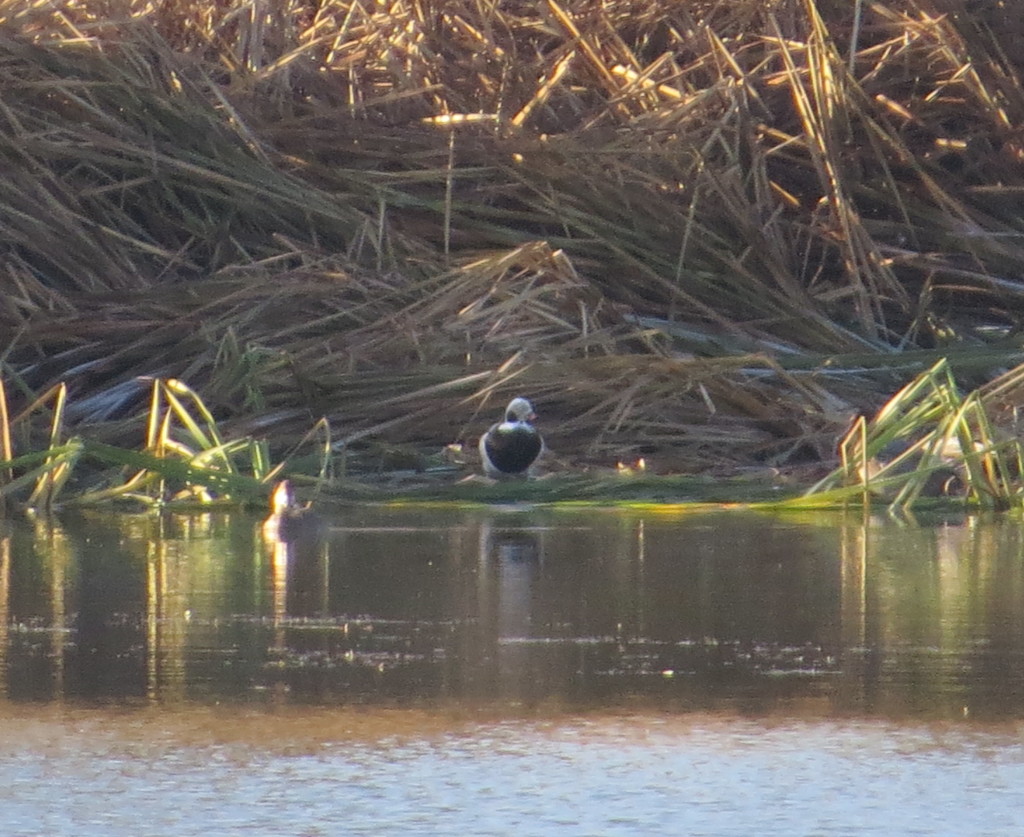
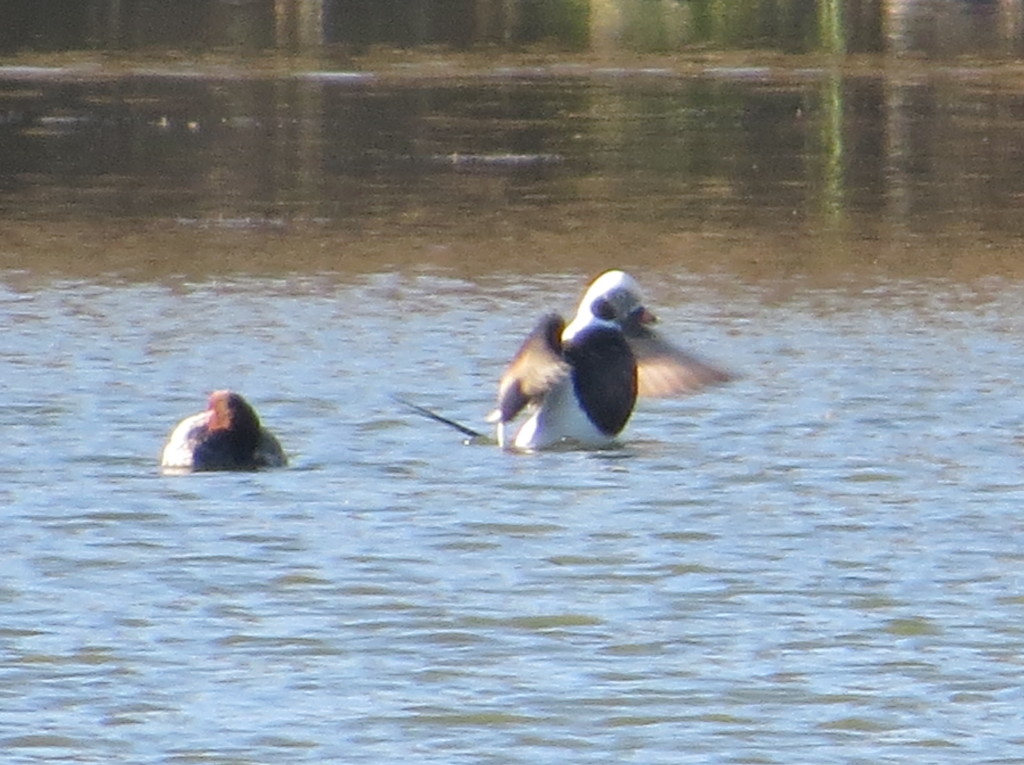 Even though it was far away, it was still such a treat to watch this handsome duck. Our lifer a couple a years ago was an immature-type bird that did not live up to its name.
Even though it was far away, it was still such a treat to watch this handsome duck. Our lifer a couple a years ago was an immature-type bird that did not live up to its name.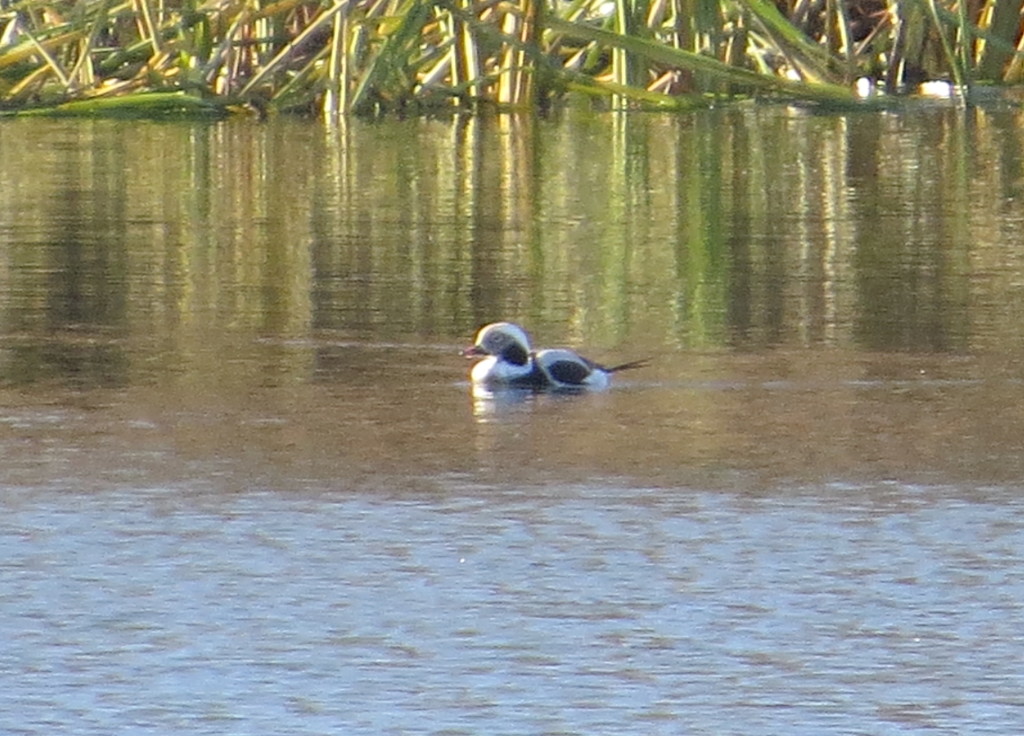
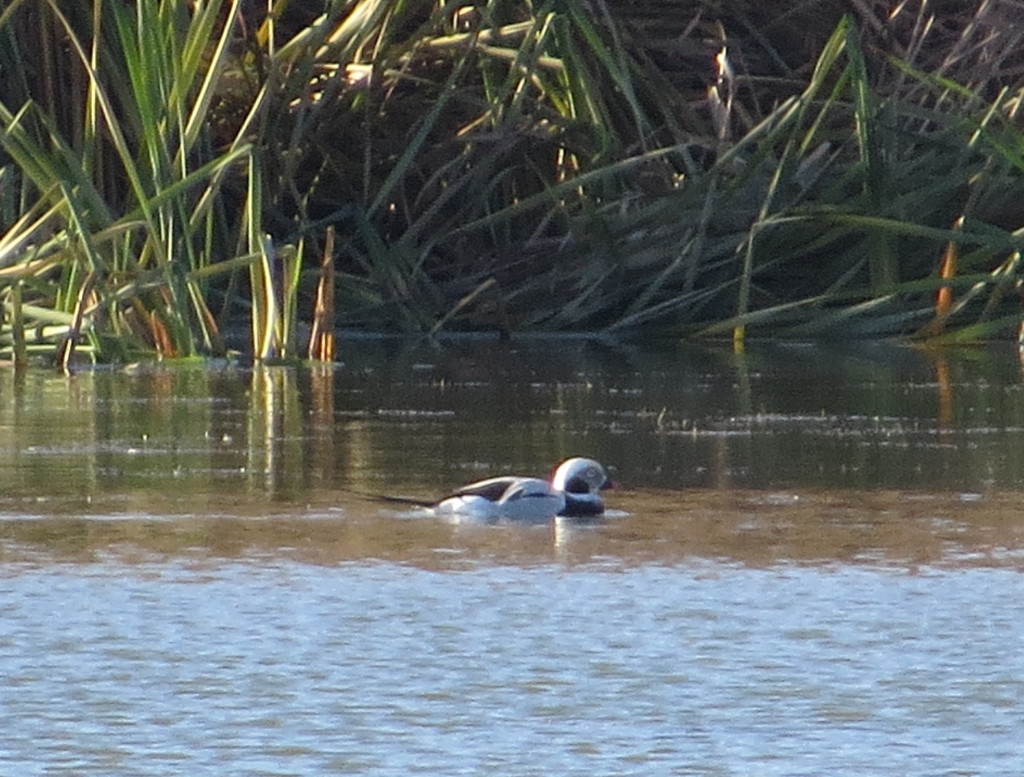 After that fun, Evan and I hit the road for the 3-hour trip home. Our second Northern Shrike of the fall was a nice bonus on our drive. Despite the memory card snafu, it was a memorable trip with Evan where we got to see some really fantastic birds for Minnesota.
After that fun, Evan and I hit the road for the 3-hour trip home. Our second Northern Shrike of the fall was a nice bonus on our drive. Despite the memory card snafu, it was a memorable trip with Evan where we got to see some really fantastic birds for Minnesota. I drove along the west shore of the lake and pulled into a boat launch to scan the waters. Right away I saw a binocular-clad gentleman loading a spotting scope into a shiny Prius–this birder could be spotted a mile away. I asked him if he saw the duck. He told me no and said he’d missed on it multiple times. Odd, I thought, as I recalled the duck being reported every single day for the better part of a week. After this exchange, he and I both headed to Orchard Lake Park on the south end of the lake where people had said was the best place from which to see the Scoter. He had the lead as I followed his car into the parking lot. Rather than parking in a stall, he faced his vehicle directly at the water. I parked, looked at the water and instantly saw a distant, giant, black-and-white blob that had Surf Scoter GISS written all over it. Before I could get my binoculars up to verify, the other birder, who never left his car, turned around after 30 seconds and drove out of the park! My desire to look at my Surf Scoter lifer was suddenly replaced by the fear that this guy might have, somehow, missed it. Was it diving when he looked? Did he not recognize this juvenile form of this species? Did he see it, get his tic, and just peel out? Even if the guy was just a lister, who doesn’t spend at least a couple minutes enjoying looking at an ocean-going Scoter in MINNESOTA? I panicked. I hesitated. Do I race after him on foot and pound on his trunk? Do I hop in my car and chase him down? You can’t save them all, I guess. Oh, well. Let’s have a look at that Surf Scoter…
I drove along the west shore of the lake and pulled into a boat launch to scan the waters. Right away I saw a binocular-clad gentleman loading a spotting scope into a shiny Prius–this birder could be spotted a mile away. I asked him if he saw the duck. He told me no and said he’d missed on it multiple times. Odd, I thought, as I recalled the duck being reported every single day for the better part of a week. After this exchange, he and I both headed to Orchard Lake Park on the south end of the lake where people had said was the best place from which to see the Scoter. He had the lead as I followed his car into the parking lot. Rather than parking in a stall, he faced his vehicle directly at the water. I parked, looked at the water and instantly saw a distant, giant, black-and-white blob that had Surf Scoter GISS written all over it. Before I could get my binoculars up to verify, the other birder, who never left his car, turned around after 30 seconds and drove out of the park! My desire to look at my Surf Scoter lifer was suddenly replaced by the fear that this guy might have, somehow, missed it. Was it diving when he looked? Did he not recognize this juvenile form of this species? Did he see it, get his tic, and just peel out? Even if the guy was just a lister, who doesn’t spend at least a couple minutes enjoying looking at an ocean-going Scoter in MINNESOTA? I panicked. I hesitated. Do I race after him on foot and pound on his trunk? Do I hop in my car and chase him down? You can’t save them all, I guess. Oh, well. Let’s have a look at that Surf Scoter…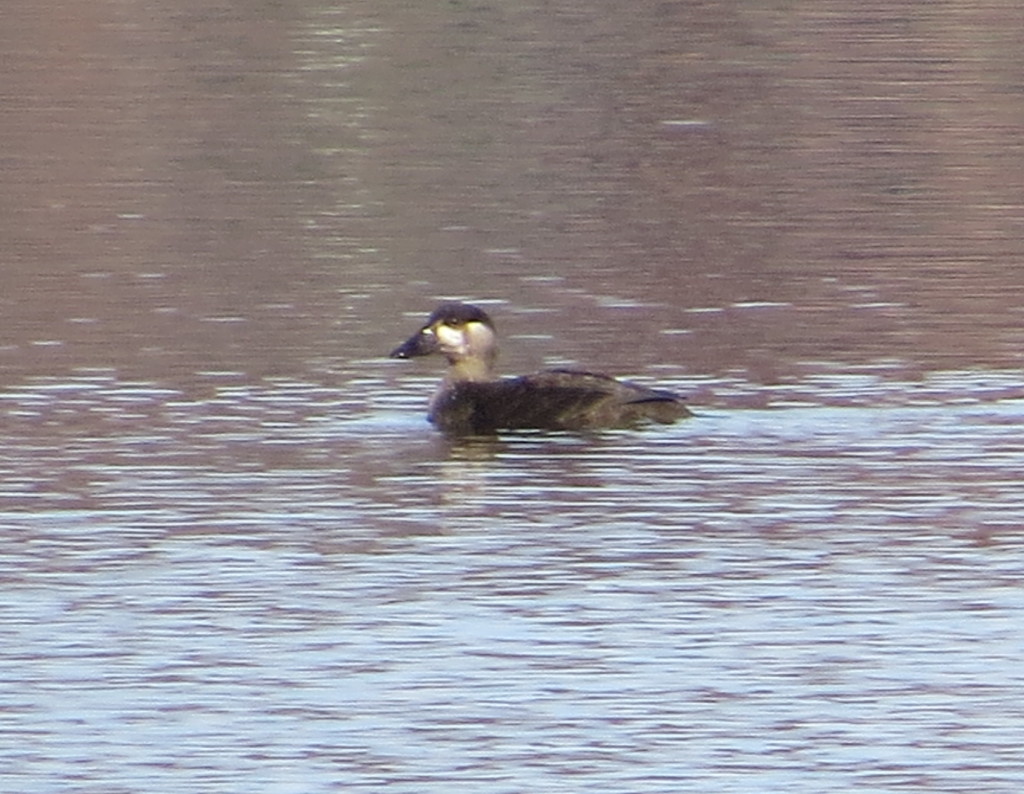 This is now my fifth species of sea duck in Minnesota with White-winged Scoter, Harlequin Duck, Common Eider, and Long-tailed Duck making up the others. I kind of prefer my sea ducks on the turbulent, cold waters of Lake Superior on a gray day. That kind of backdrop adds to the mystique and allure of sea ducks. Seeing one on a placid metro lake reflecting lingering fall colors on a 72° day is just kind of so-so.
This is now my fifth species of sea duck in Minnesota with White-winged Scoter, Harlequin Duck, Common Eider, and Long-tailed Duck making up the others. I kind of prefer my sea ducks on the turbulent, cold waters of Lake Superior on a gray day. That kind of backdrop adds to the mystique and allure of sea ducks. Seeing one on a placid metro lake reflecting lingering fall colors on a 72° day is just kind of so-so.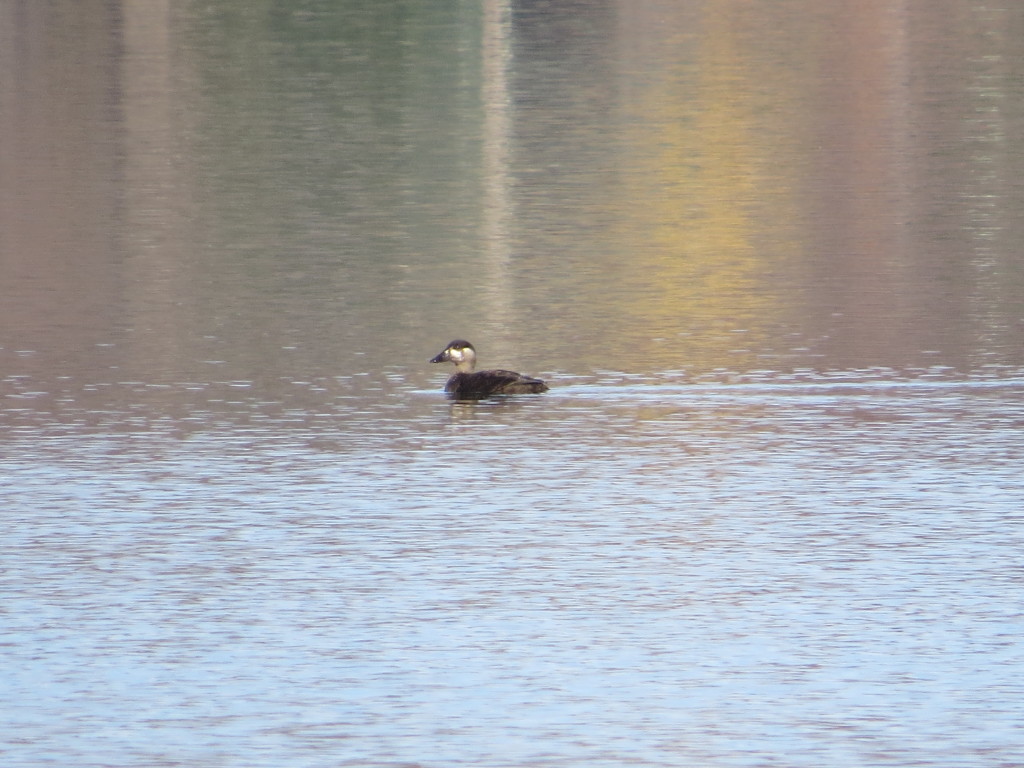 But even still. It’s cool. I mean, it’s a Scoter.
But even still. It’s cool. I mean, it’s a Scoter.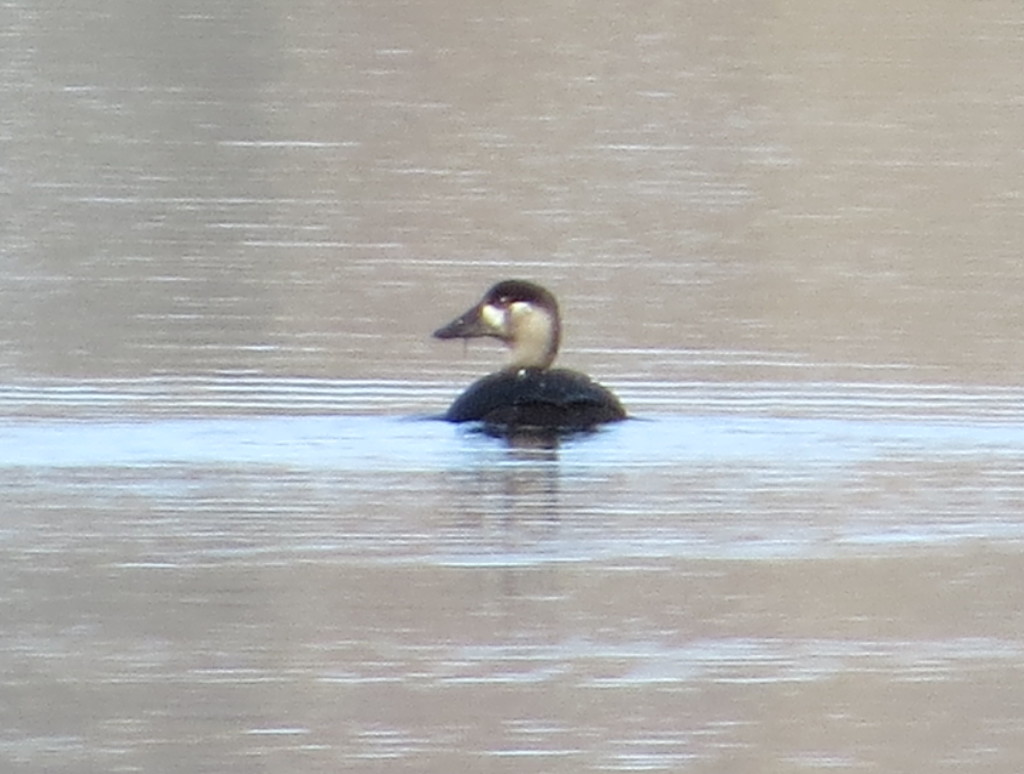
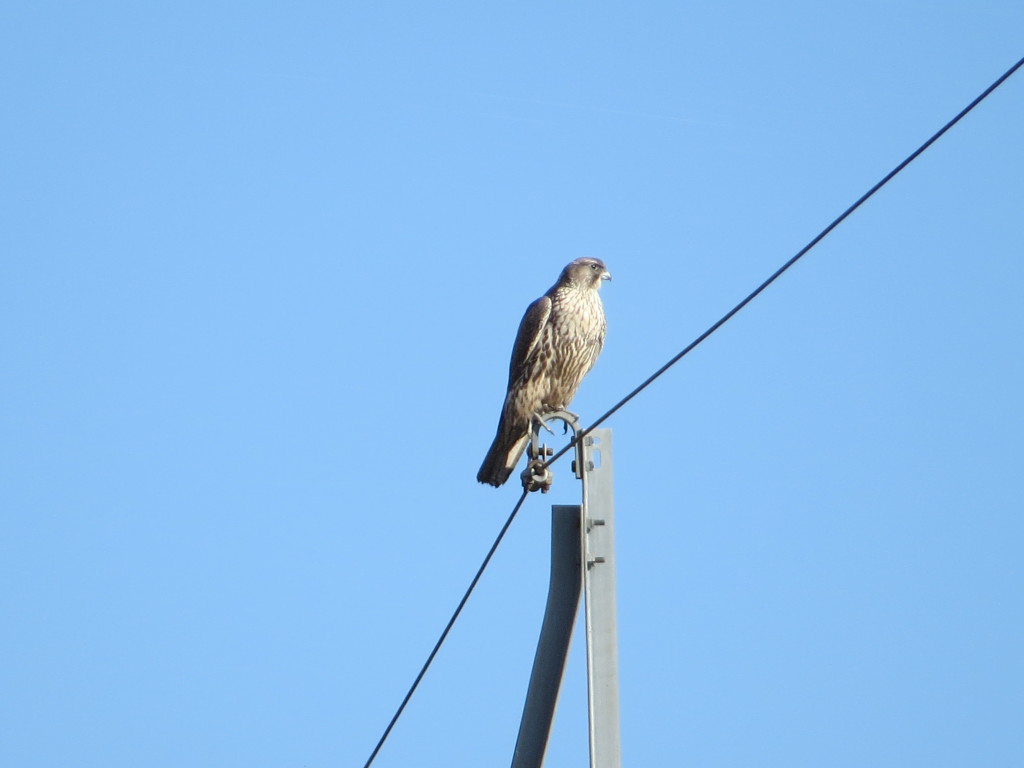
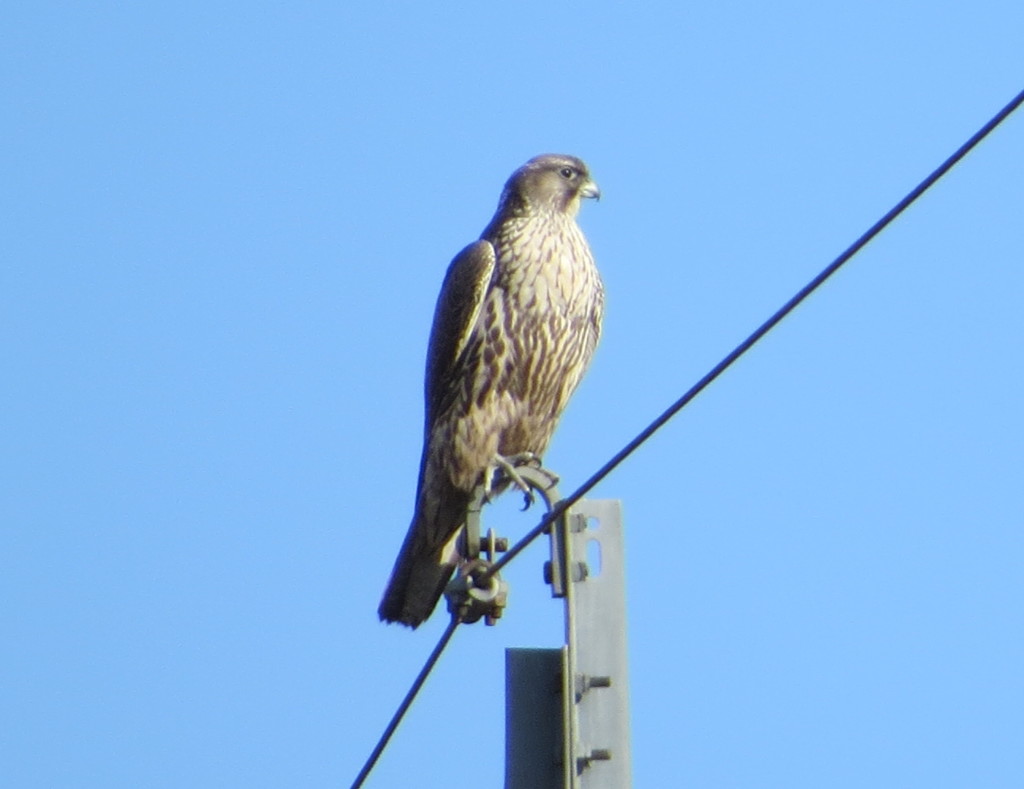
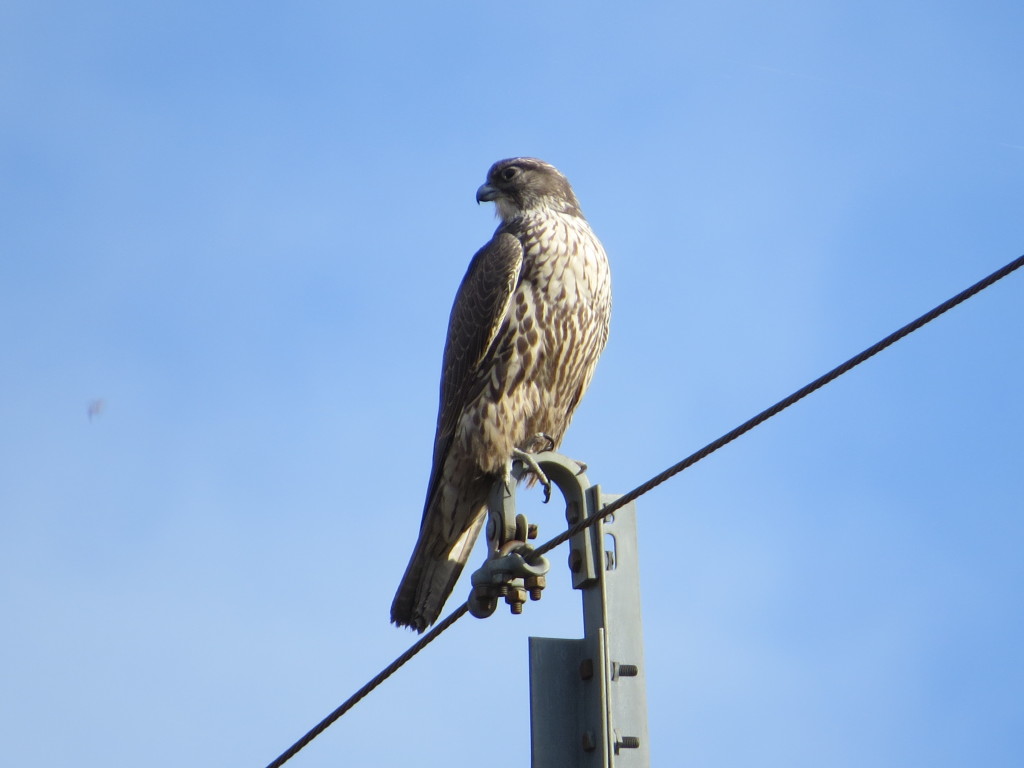
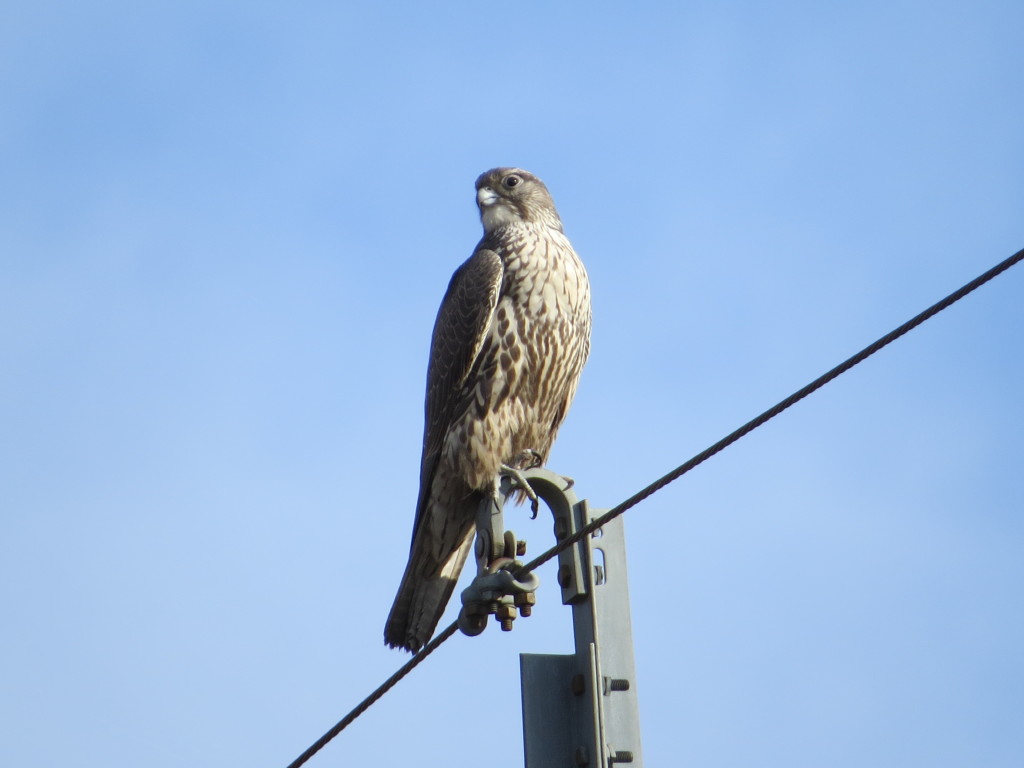
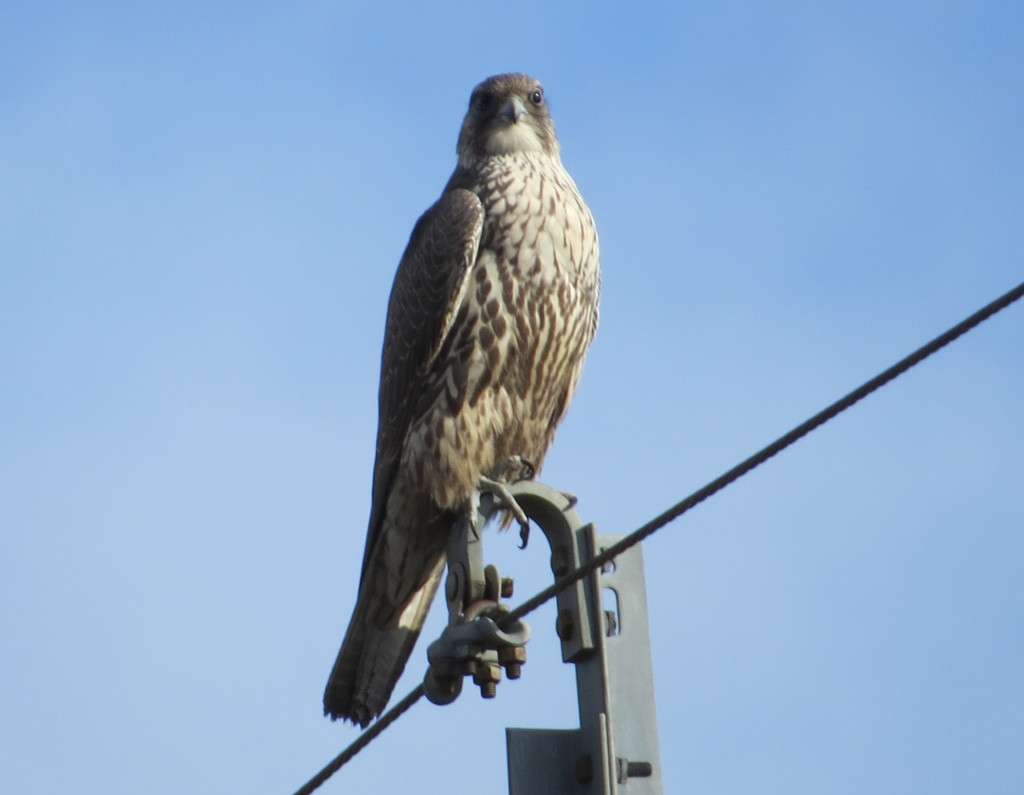 I still can’t believe I saw this bird; the adrenaline is still pumping. I thought it would be another 10 years at least before I’d get this arctic visitor on my Minnesota list (I got my lifer in WI last winter). Then I see a Gyrfalcon in my own county…and I never even knew it. I was caught off guard and completely unprepared for encountering such a rarity. It just goes to show that one can never study enough in this hobby and that even the most boring, familiar back roads can hold the monumental. So thanks, Bob, for chasing me down and pounding on my trunk.
I still can’t believe I saw this bird; the adrenaline is still pumping. I thought it would be another 10 years at least before I’d get this arctic visitor on my Minnesota list (I got my lifer in WI last winter). Then I see a Gyrfalcon in my own county…and I never even knew it. I was caught off guard and completely unprepared for encountering such a rarity. It just goes to show that one can never study enough in this hobby and that even the most boring, familiar back roads can hold the monumental. So thanks, Bob, for chasing me down and pounding on my trunk.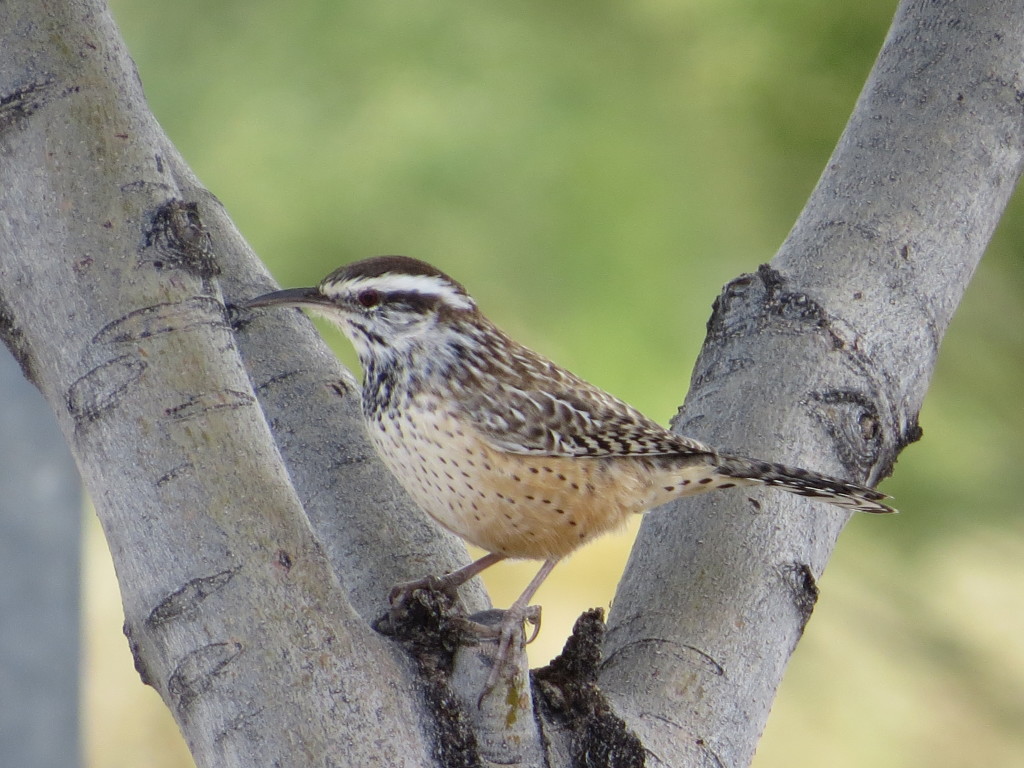
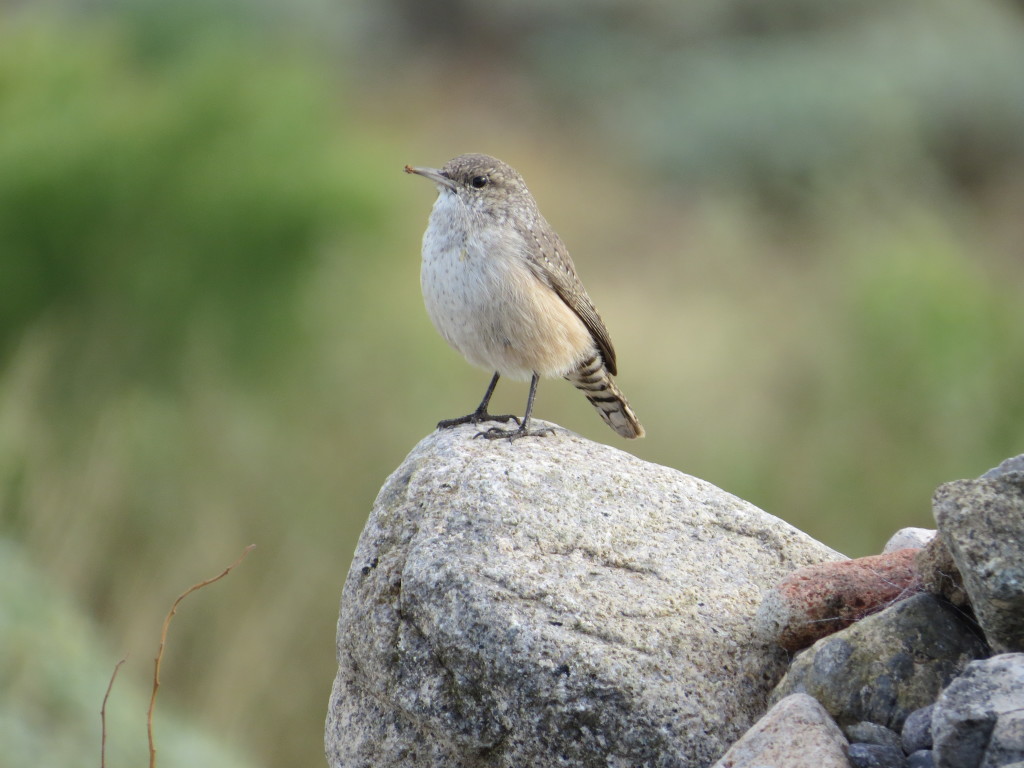 I really, really like the pot-bellied appearance of this bird. This may be my favorite photo from the trip. And is it just me, or does ROWR bear an uncanny resemblance to our 27th President?
I really, really like the pot-bellied appearance of this bird. This may be my favorite photo from the trip. And is it just me, or does ROWR bear an uncanny resemblance to our 27th President?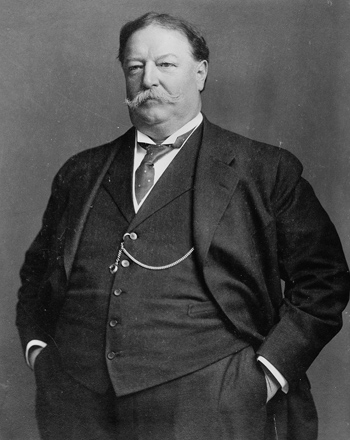
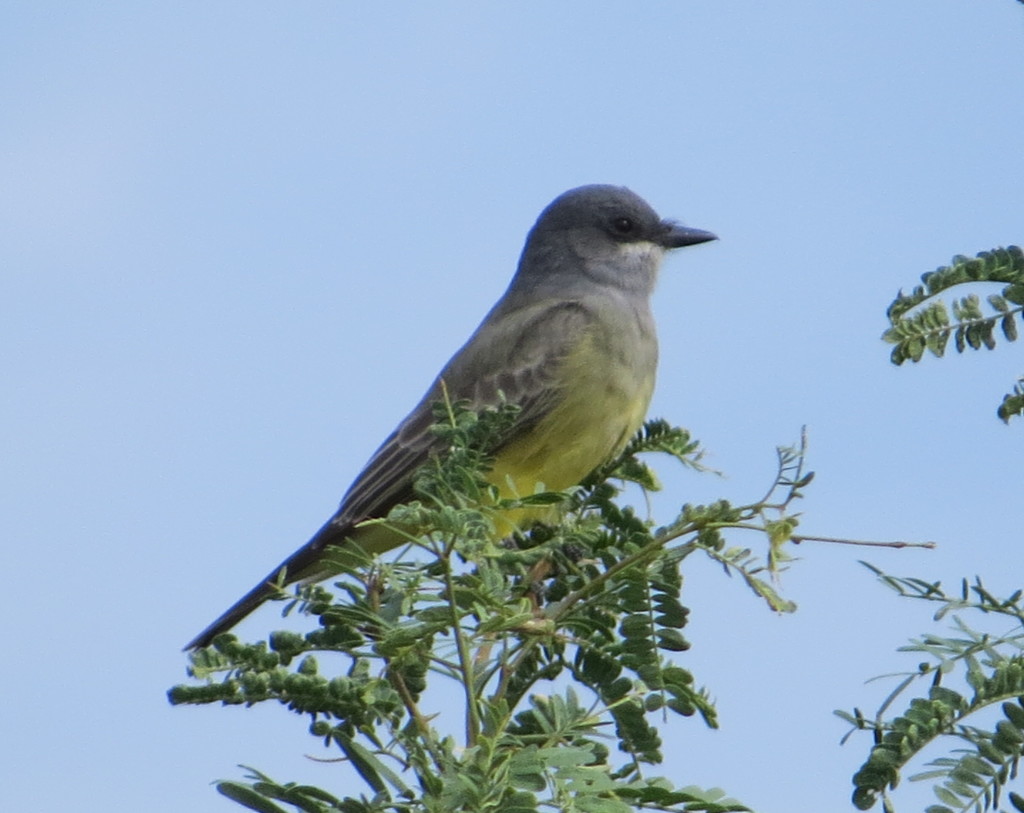
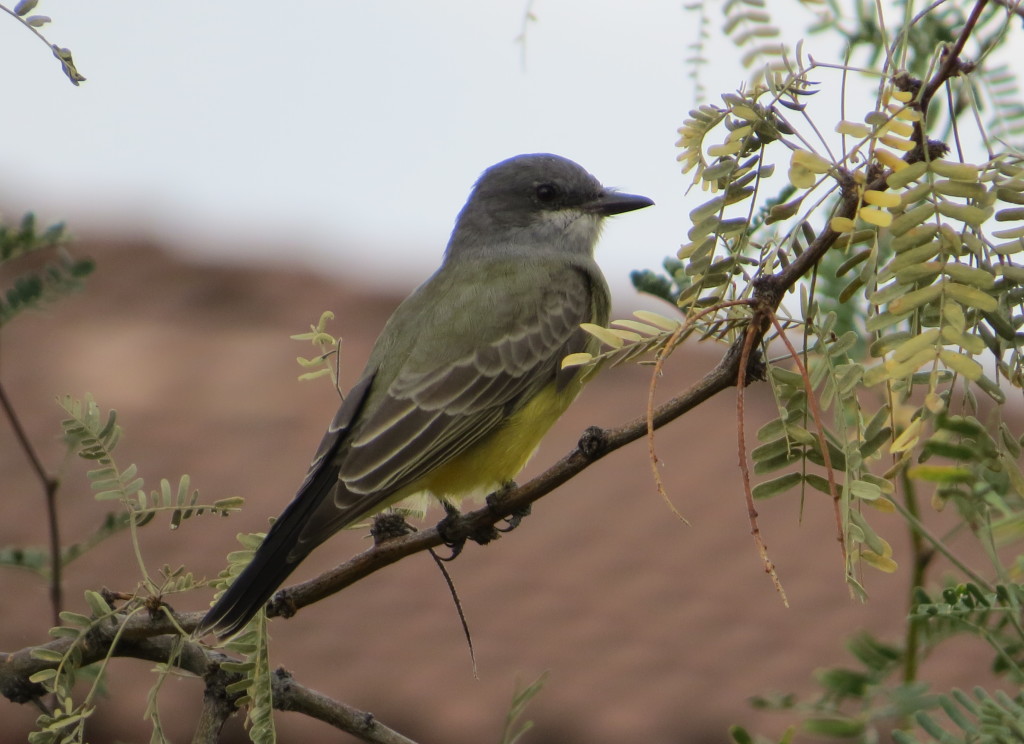 High on two completely unexpected lifers, I continued to scope out the fun birds around the hotel, not the least of which were numerous Lark Sparrows. I have not seen enough Lark Sparrows yet.
High on two completely unexpected lifers, I continued to scope out the fun birds around the hotel, not the least of which were numerous Lark Sparrows. I have not seen enough Lark Sparrows yet.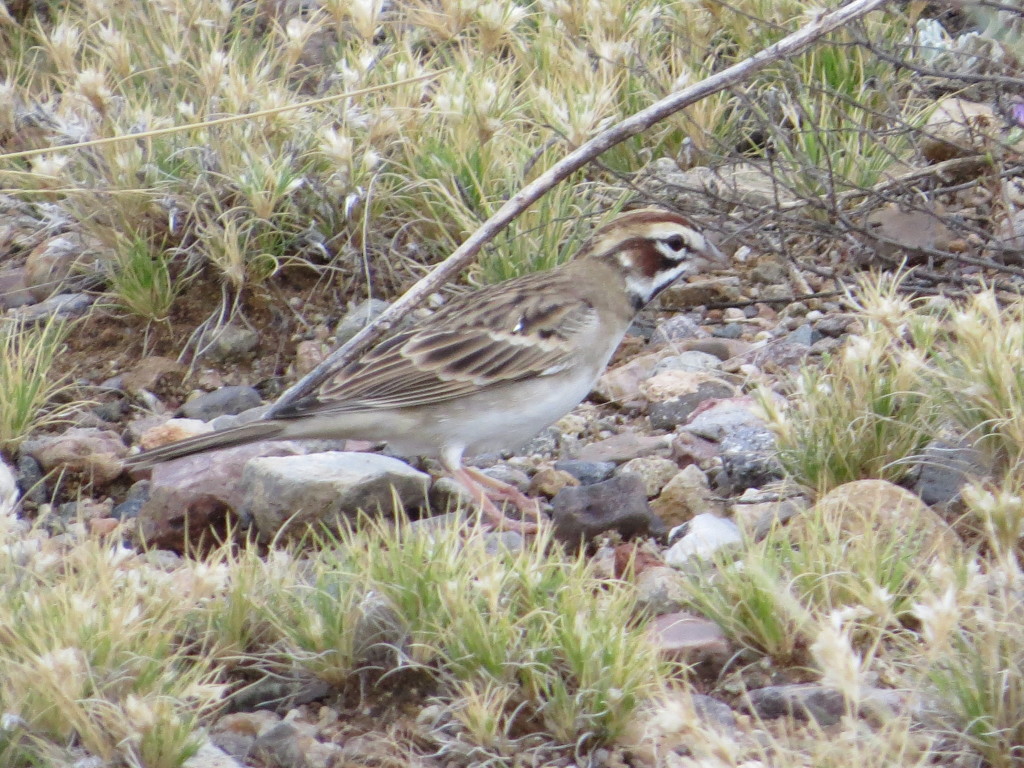 What I have seen plenty of in recent years are Say’s Phoebes, and I already have plenty of photos to prove it. But these birds just know how to pose…
What I have seen plenty of in recent years are Say’s Phoebes, and I already have plenty of photos to prove it. But these birds just know how to pose…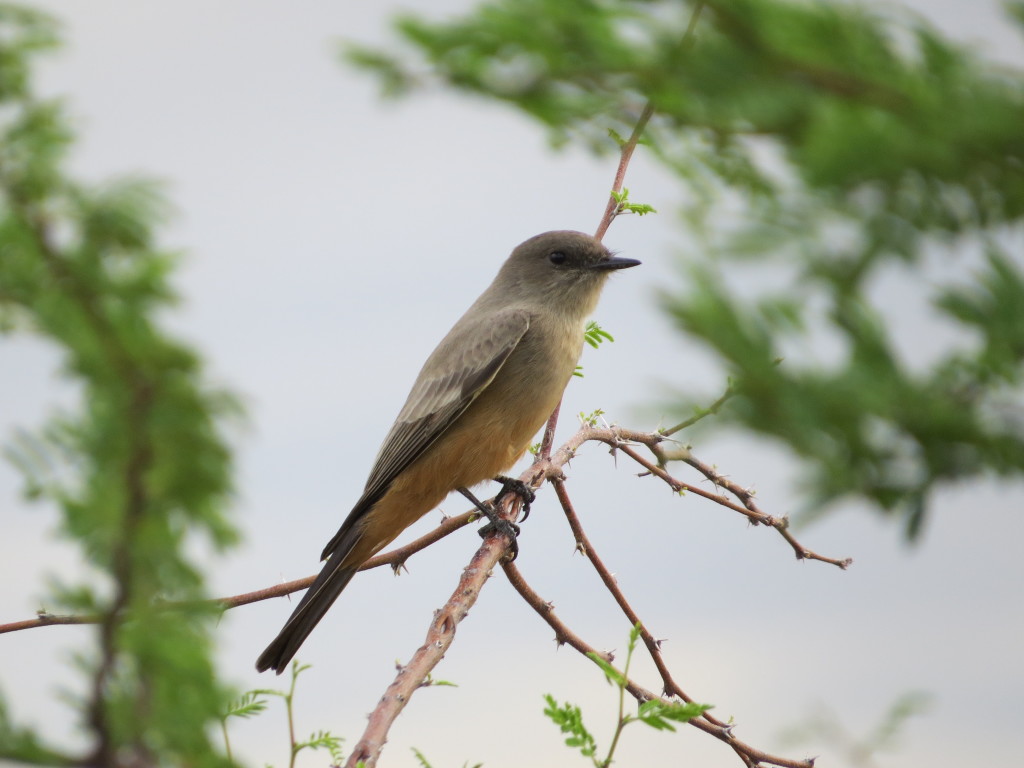 It was also fun to see a prickly-looking Curve-billed Thrasher. I’m glad they didn’t choose him for state bird.
It was also fun to see a prickly-looking Curve-billed Thrasher. I’m glad they didn’t choose him for state bird.